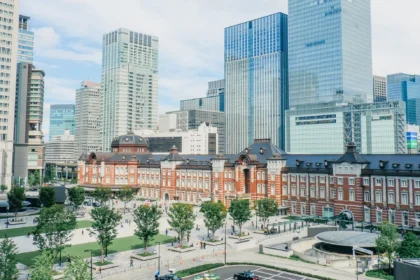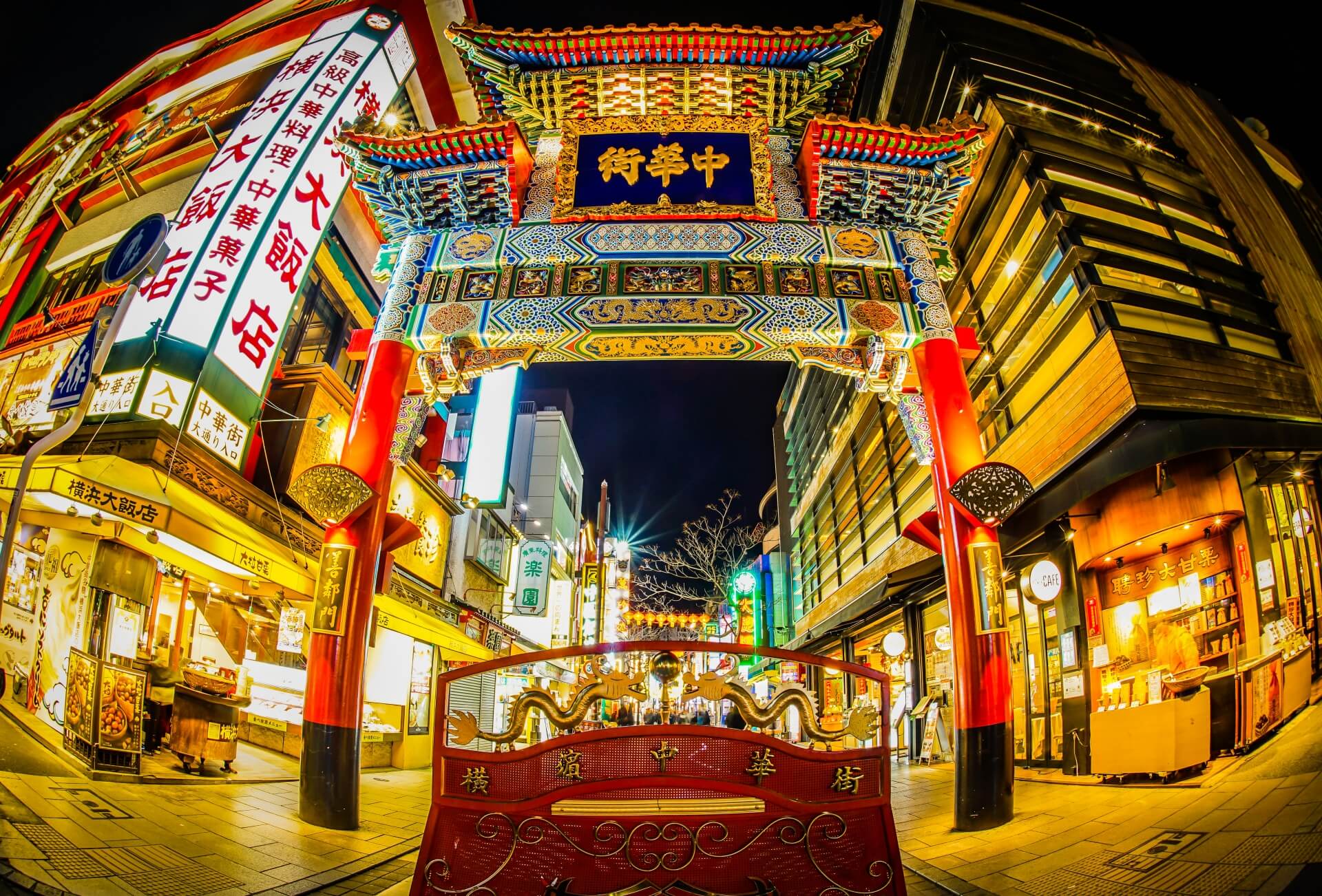
As Japan’s second most populous city behind Tokyo, Yokohama offers plenty to see and do and all within easy reach of the capital. On this page you will find the following information:
-- 20 Best Things to Do Around Yokohama
-- Best Places to Stay When Visiting Yokohama
— Things to Do Near Tokyo : Best Day Trips and Overnight Getaways
Located to the south of the capital on Tokyo Bay, Yokohama has a long history as an important port city. One of the first areas of Japan to open to foreign traders following the country’s long period of self-isolation, Yokohama remains a hugely important trading port – a vibrant city that celebrates that heritage through its blend of historic and modern districts including its famous Chinatown – the largest such precinct of any city in Japan – along with the Yamamoto and Yamate districts once populated by Westerner traders and diplomats and more modern developments including the popular bayside district of Minato Mirai 21.
WHERE IS YOKOHAMA?
Yokohama lies to the southwest of Tokyo, approximately 25 minutes by train. For visitors moving between the cities, you will likely not notice you have left one and entered the other given the unbroken urban sprawl and no clear demarcation between them. Yokohama is serviced by multiple major stations including Yokohama Station and Shin-Yokohama Station – a stop on the Tokaido Shinkansen (‘Bullet Train’) line running from Tokyo to Osaka – while only 30 to 40 minutes from Tokyo’s Haneda Airport by train or bus. As one of Japan’s major ports, Yokohama is also the point of entry and departure for many international cruises that operate from the Osanbashi Pier located adjacent the city’s popular Minato Mirai 21 bayside district – see below for details.
20 BEST THINGS TO DO AROUND YOKOHAMA
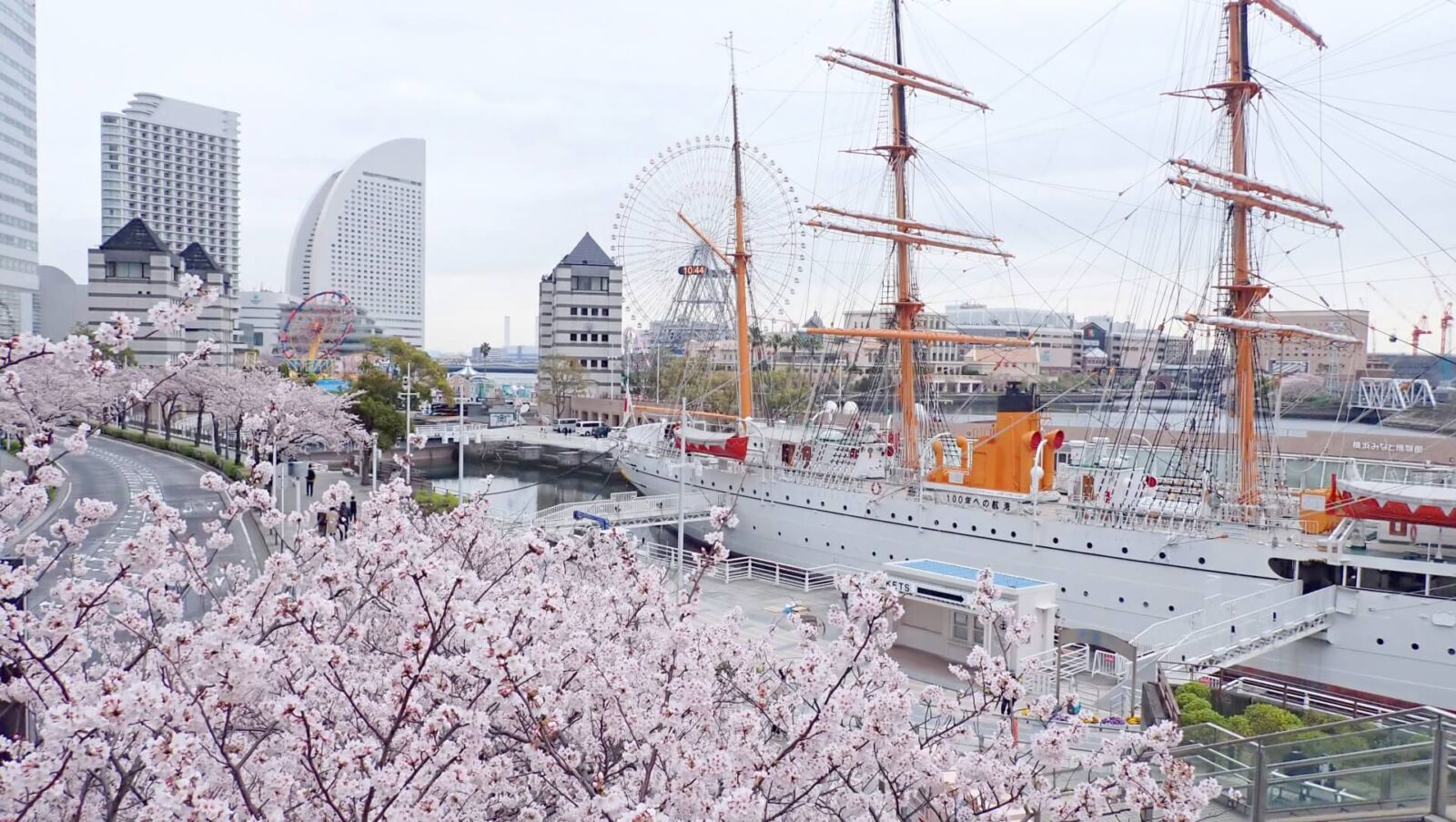
As Japan’s second most populous city, Yokohama is huge, sprawling and offers plenty for visitors to do. It’s close proximity to Tokyo – only 25 minutes by train – make Yokohama especially popular with Tokyoites and international visitors who flock to the city as an easy daytrip or overnight stay to enjoy one of its many excellent bayside hotels and restaurants. But any discussion of what to do in the city has to start with the famous and highly enjoyable…
1 / YOKOHAMA ‘CHINATOWN’ / all year round
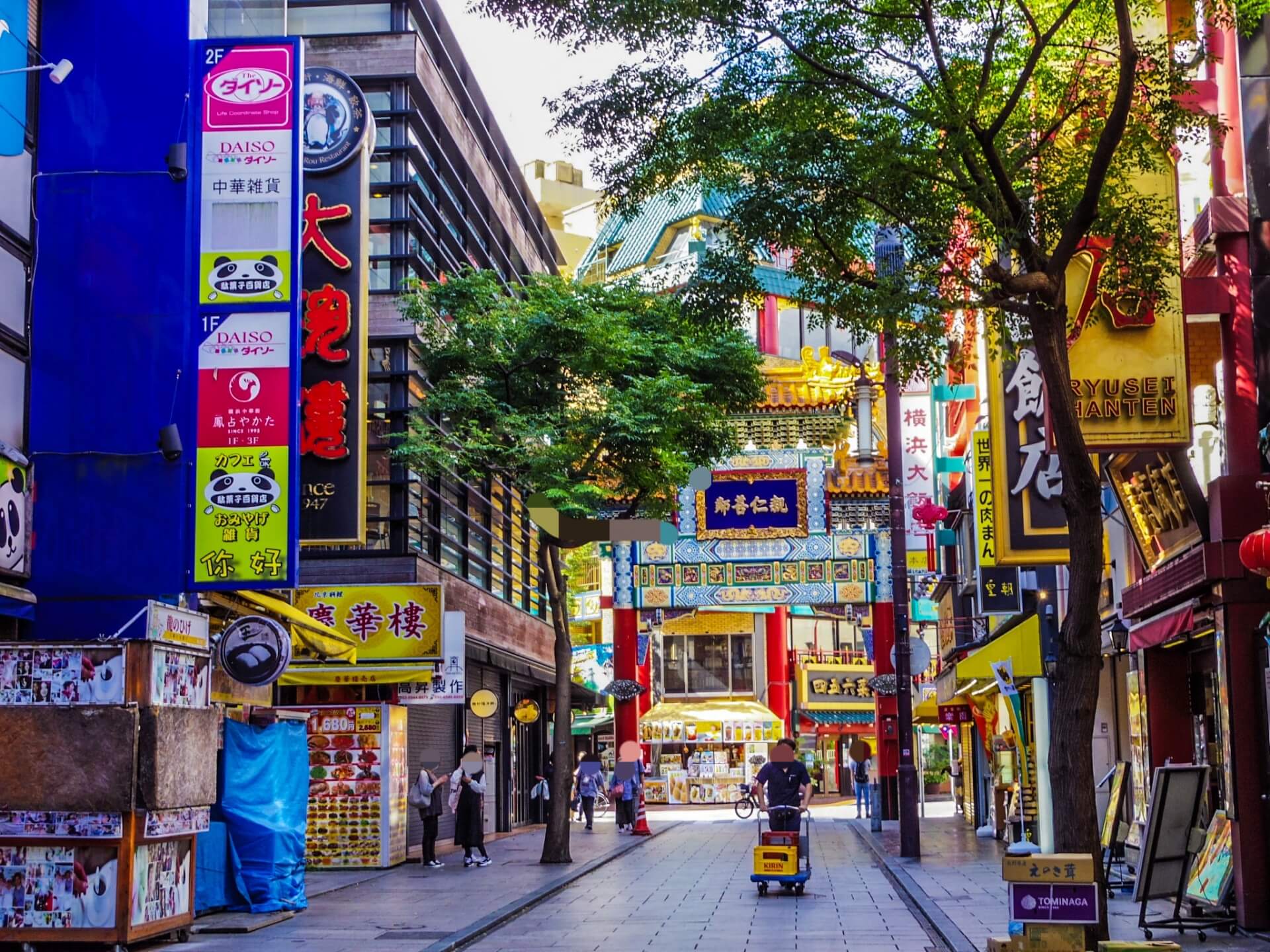
‘Yokohama Chukagai’ or Yokohama’s ‘Chinatown’ is the largest of Japan’s three famous Chinatown districts – the other two being in Kobe's 'Nankinmachi' district and Nagasaki's 'Shinchi' district. Much like Kobe and Nagasaki, Yokohama’s history as an important city allowed Chinese traders to maintain a presence in the city and especially so after the port of Yokohama was opened to foreign trade in 1859. The area boasts hundreds of restaurants and shops with the cuisine and vibrant ambience of the district being the main attraction.
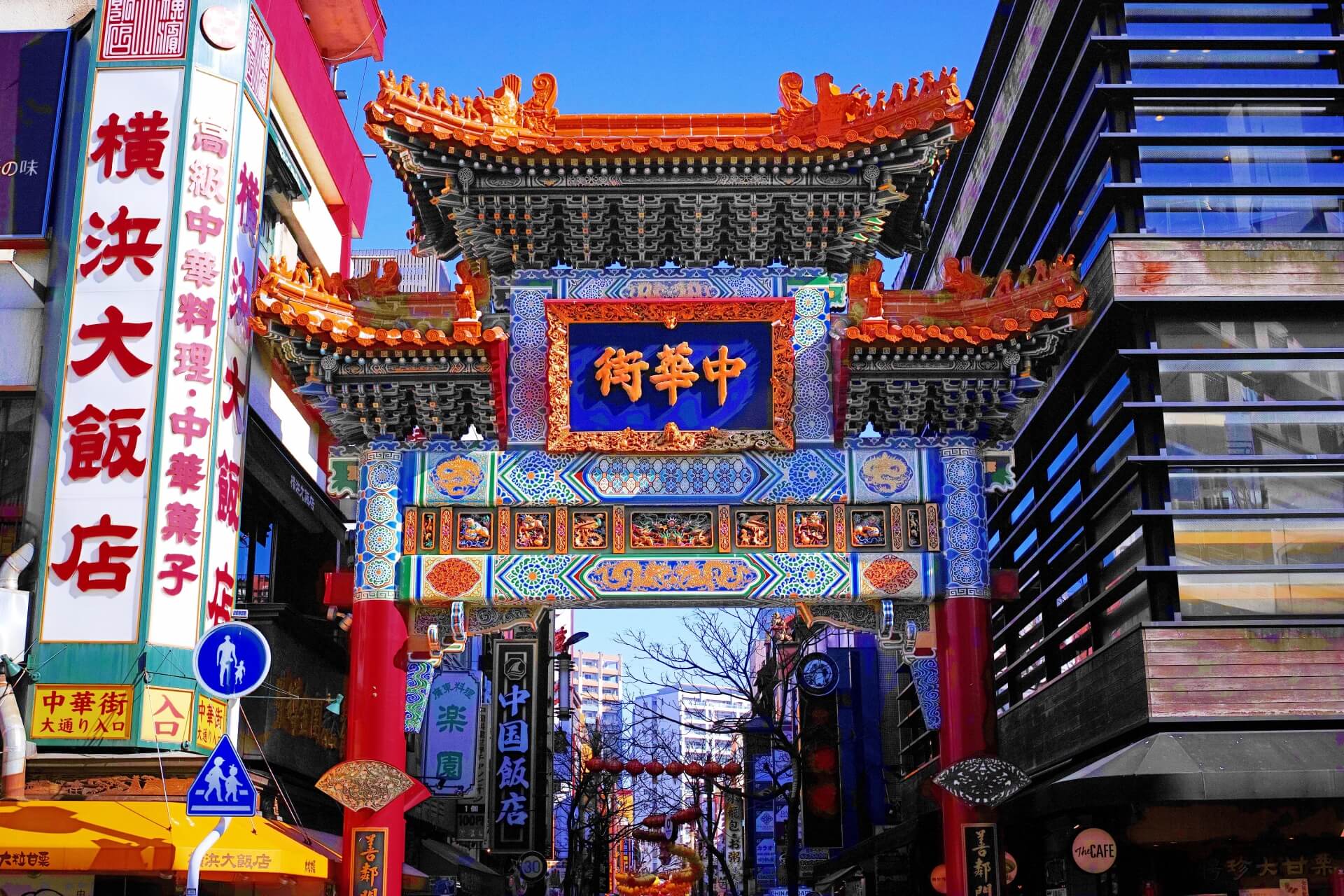
The entrance to the district is marked by four gates with five smaller gates within. While relatively few people reside inside the neighbourhood today, the large number of restaurants and their extended opening hours ensures its busy most times of day and especially so during Lunar New Year celebrations in February. To get there from Yokohama Station, take the Minato Mirai Line to Motomachi-Chukagai Station – 8 minutes / JPY220 – or JR Negishi Line to Ishikawacho Station – 7 minutes / JPY160. The Chinatown district is around 5 minutes walk from either station. For accommodation listings, see our 'Yokohama: Chinatown / Motomachi Area' hotel page.
2 / KANTEIBYO TEMPLE / all year round
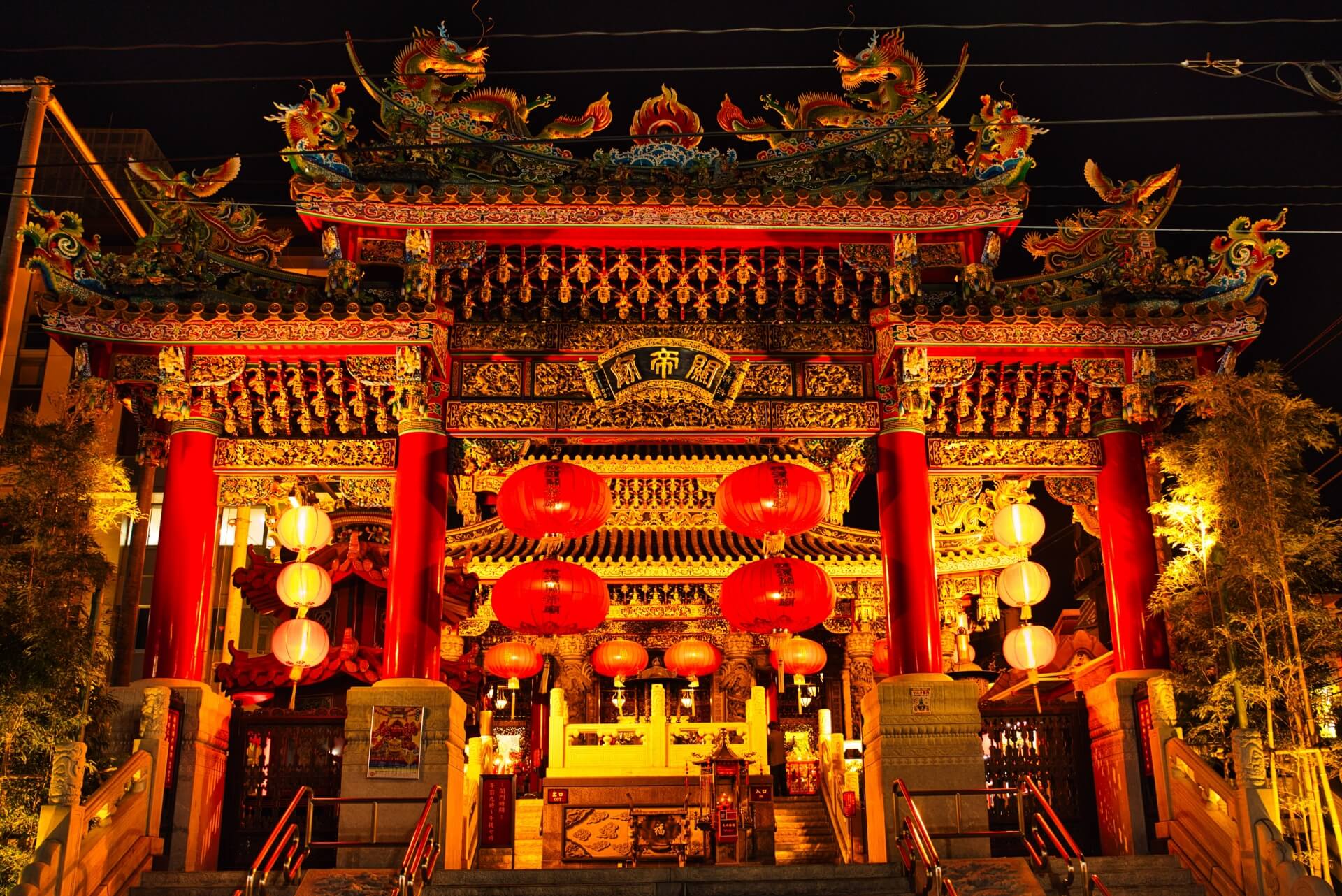
Also known as ‘Kuan Ti Miao’, Kanteikyo Temple is one of the focal points of the Chinatown district. The elaborately decorated temple was built in 1990, the fourth incarnation of a temple originally established in 1871 but subsequently destroyed by the Great Earthquake in 1923, air raids in 1945 and fire in 1986. As such, the temple reflects the longevity of the Chinatown district and enshrines the Jade Emperor - the monarch of all deities and ruler of heaven and earth – along with Holy Emperor Lord Guan Yuan – among other things, the god of wealth – and other deities. The temple is open daily from 09:00 to 19:00 with extended hours over the New Year and Lunar New Year periods. To get there from Yokohama Station, take the Minato Mirai Line to Motomachi-Chukagai Station – 8 minutes / JPY220 – or JR Negishi Line to Ishikawacho Station – 7 minutes / JPY160. The temple is around 5 minutes walk from either station.
3 / SANKEI-EN GARDEN / all year round
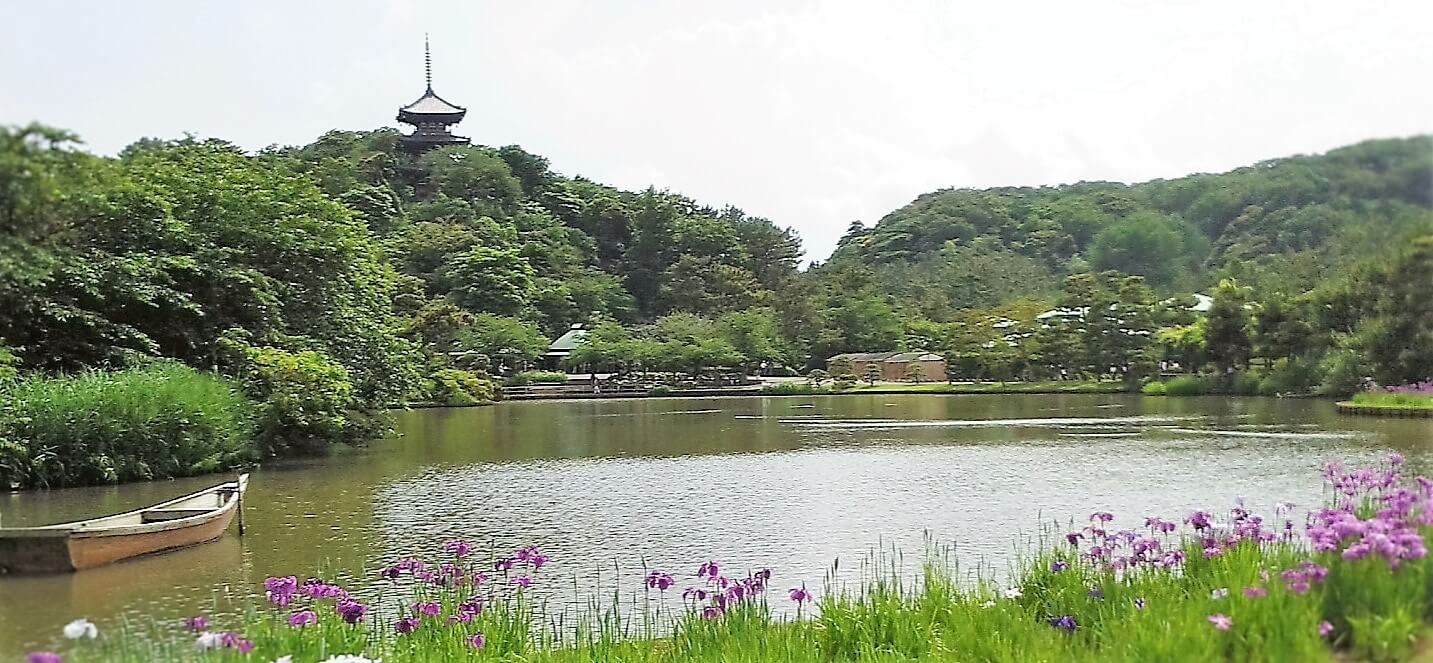
Upon its opening to foreign trade in 1859, Yokohama’s largest traded commodity was silk. By the early 19th century, Japan was the world’s primary supplier of silk, a commodity that generated great wealth for merchants including Sankei Hara. Translating as the ‘Three Creeks Garden’, Sankei-en is an expansive traditional garden that was funded by Sankei Hara in a grand display of his patronage and wealth. The garden spans around 175,000 squared metres and incorporates an Outer Garden and an Inner Garden with 17 historical structures relocated from cities including Tokyo, Kyoto, Kamakura and other locations. In-keeping with the formulation of traditional Japanese gardens, Sankei-en incorporates landscaping, water and stone features, trees and plants that mimic the natural world and highlight the beauty of each passing season. The garden is open daily (closed Dec.29-31) from 09:00 to 17:00 with last entry at 16:30. Admission is JPY700. To get there from Yokohama Station, take Bus No.8 or No.148 – departing outside the station’s East Exit – to the Sankei-en Iriguchi Bus Stop – 30 to 35 minutes / JPY220. Sankei-en is around 5 minutes walk from the bus stop.
4 / MINATO MIRAI 21 / all year round
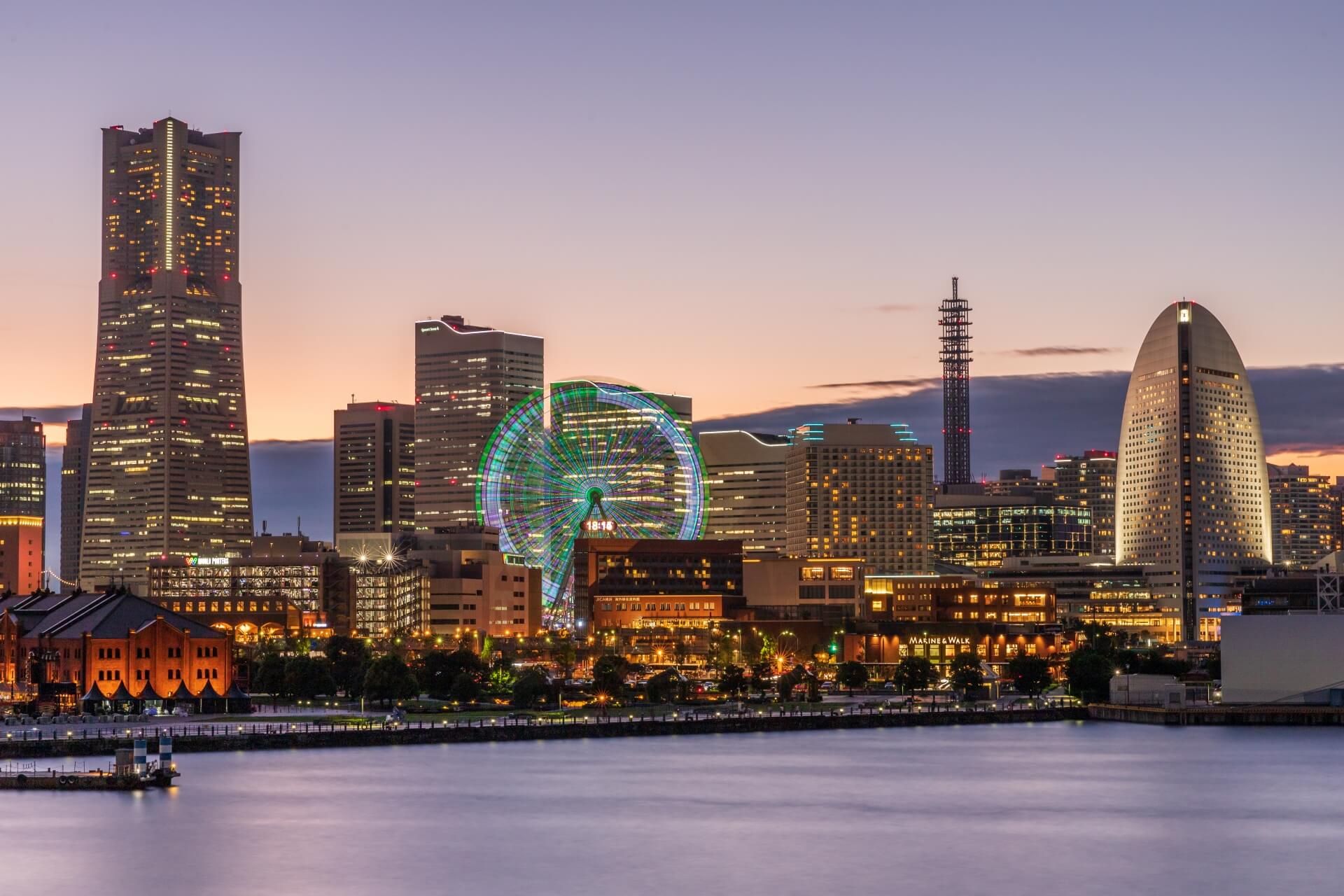
Minato Mirai 21 is a large and modern business, entertainment and accommodation precinct located on Yokohama's central waterfront. Translating as ‘Harbour of the Future’, Minato Mirai 21 includes multiple large buildings and towers, Yokohama Museum of Art, Cosmo World, the Cup Noodle Museum along with large shopping centres – such as Queen’s Square, Landmark Plaza, World Porters, Marine & Walk Yokohama and Red Brick Warehouses – along with restaurants, cafes, bars and large hotels such as the Intercontinental Hotel, Yokohama Bay Hotel Tokyu and others.
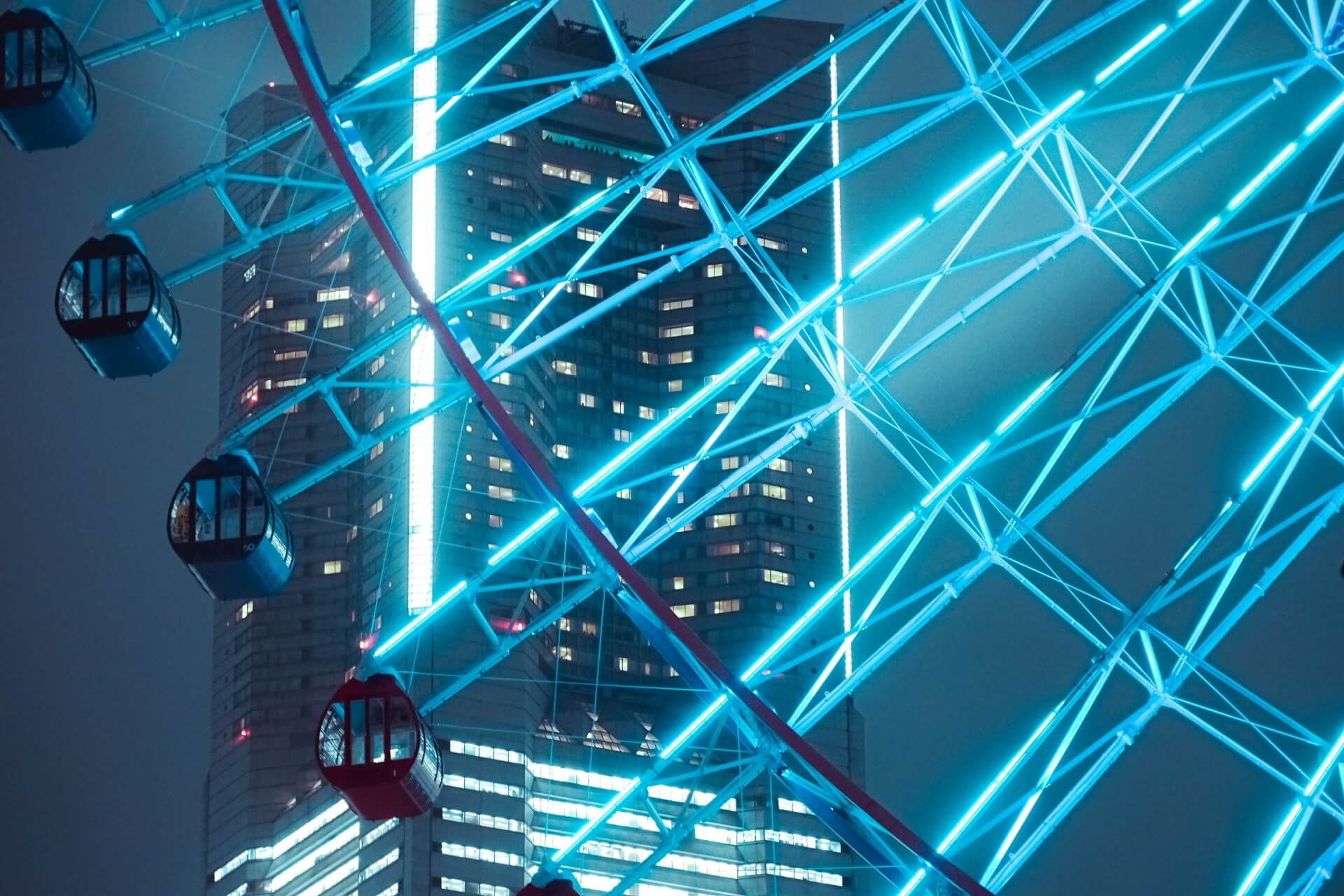
The precinct is particularly attractive night when its major buildings, ferris wheel and other features are lit-up, imbuing the area with seductive atmosphere which attracts many visitors including couples from Tokyo, who head to Yokohama to indulge in an overnight stay at a high-end hotel combined with dinner at one of the many fine-dining restaurants in the area.
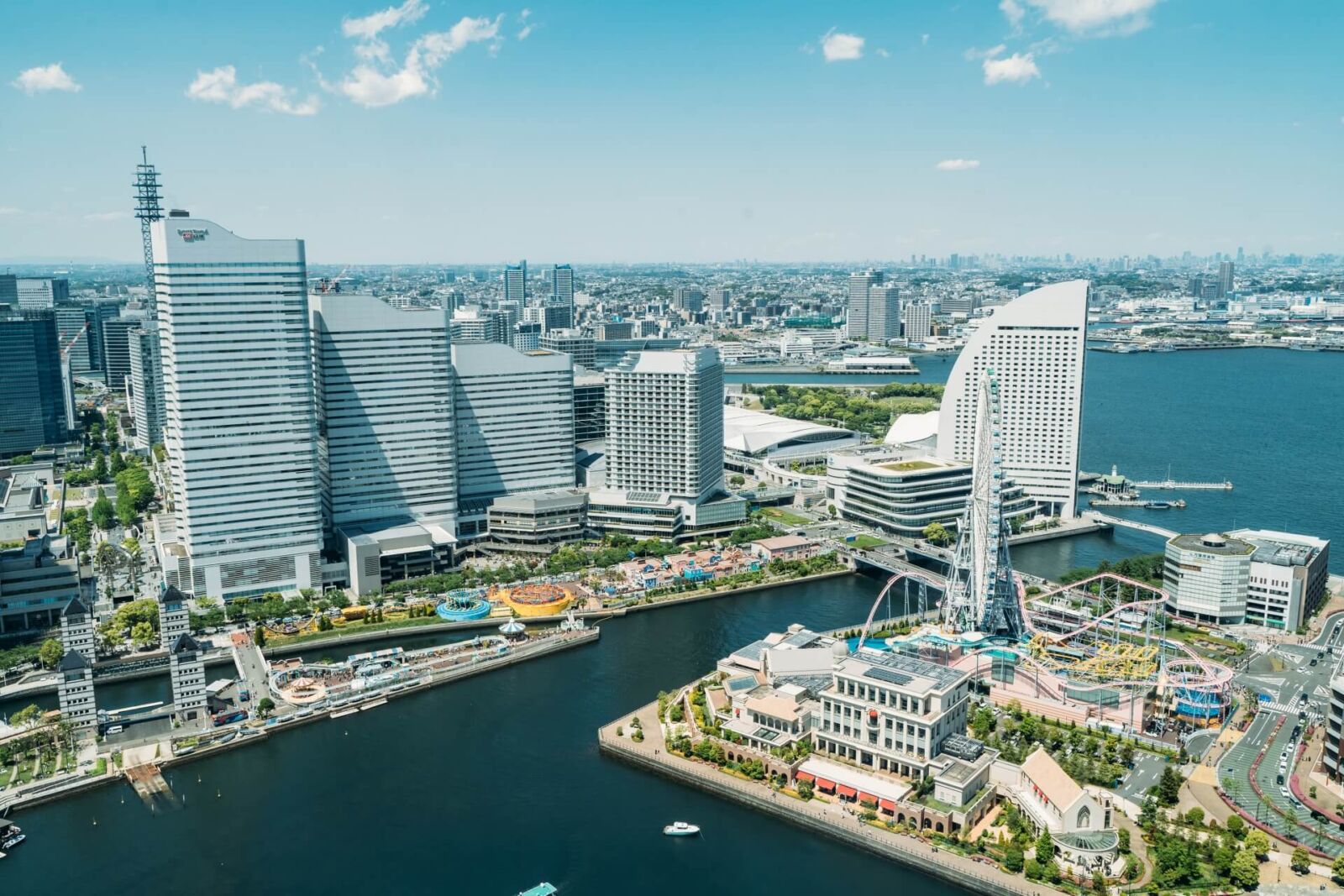
Located directly across from Osanbashi Pier and the Yokohama International Passenger Terminal, Minato Mirai 21 is an easy and obvious place to stay for anyone disembarking or embarking on a cruise from Yokohama, with plenty of entertainment immediately available. To get there from Yokohama Station, take the Minato Mirai Line to Minato Mirai Station – 3 minutes / JPY190. All venues within Minato Mirai 21 can then be accessed on foot, with walking times dependent on which location you’re headed to.
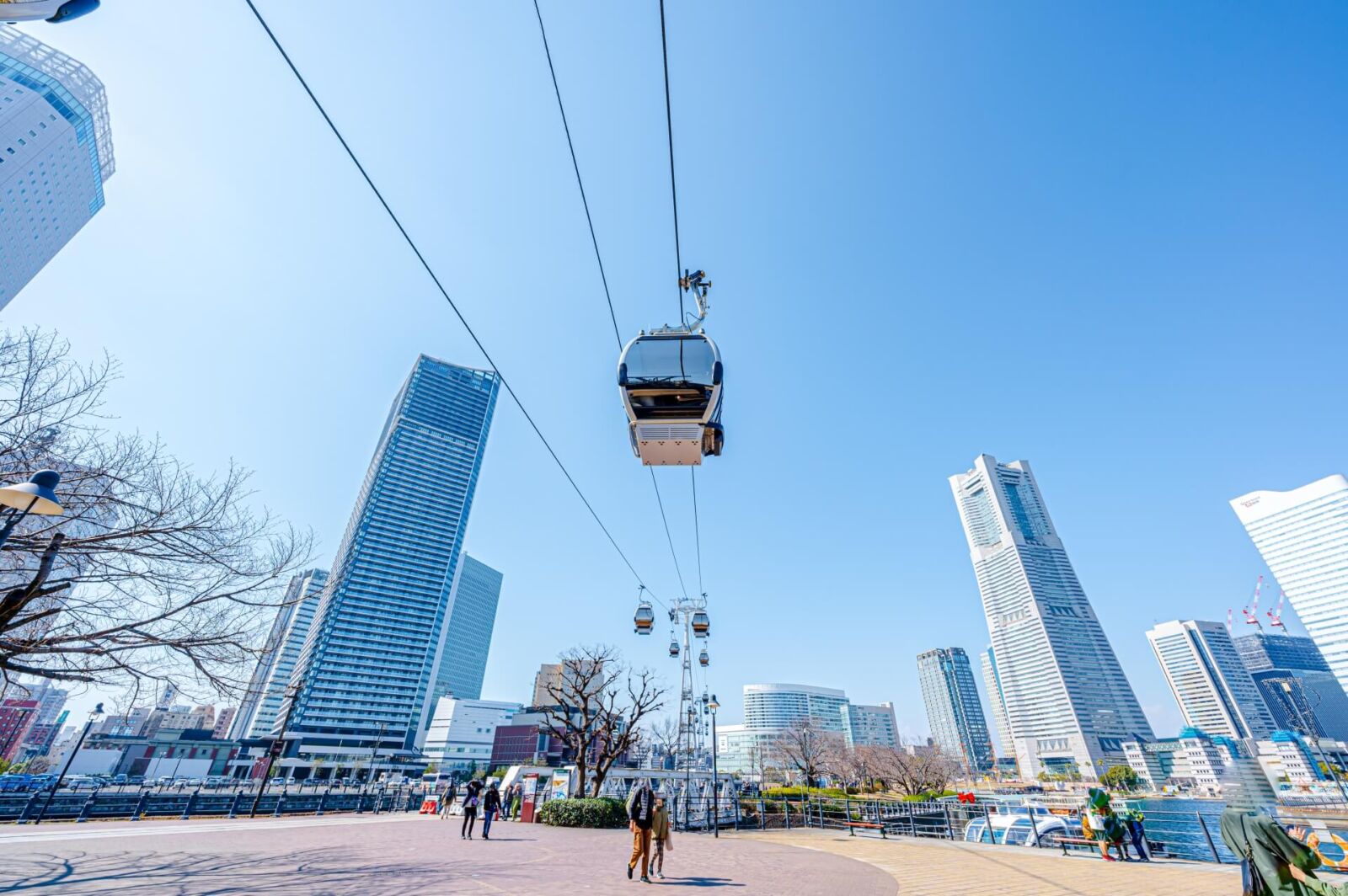
The Minato Mirai 21 area can also be access using the Yokohama Air Cabin, a 635 metre long gondola running from nearby Sakuragicho Station to Yokohama Cosmo World. Operating from 10:00 to 21:00, a one-way journey costs JPY1000 for visitors aged 12 year and over or JPY500 for children aged 3 to 11, and JPY1800 / JPY900 respectively for a roundtrip. For accommodation listings, see our 'Yokohama: Minato Mirai 21 / Bayside Area' hotel page.
5 / LANDMARK TOWER ‘SKY GARDEN’ / all year round
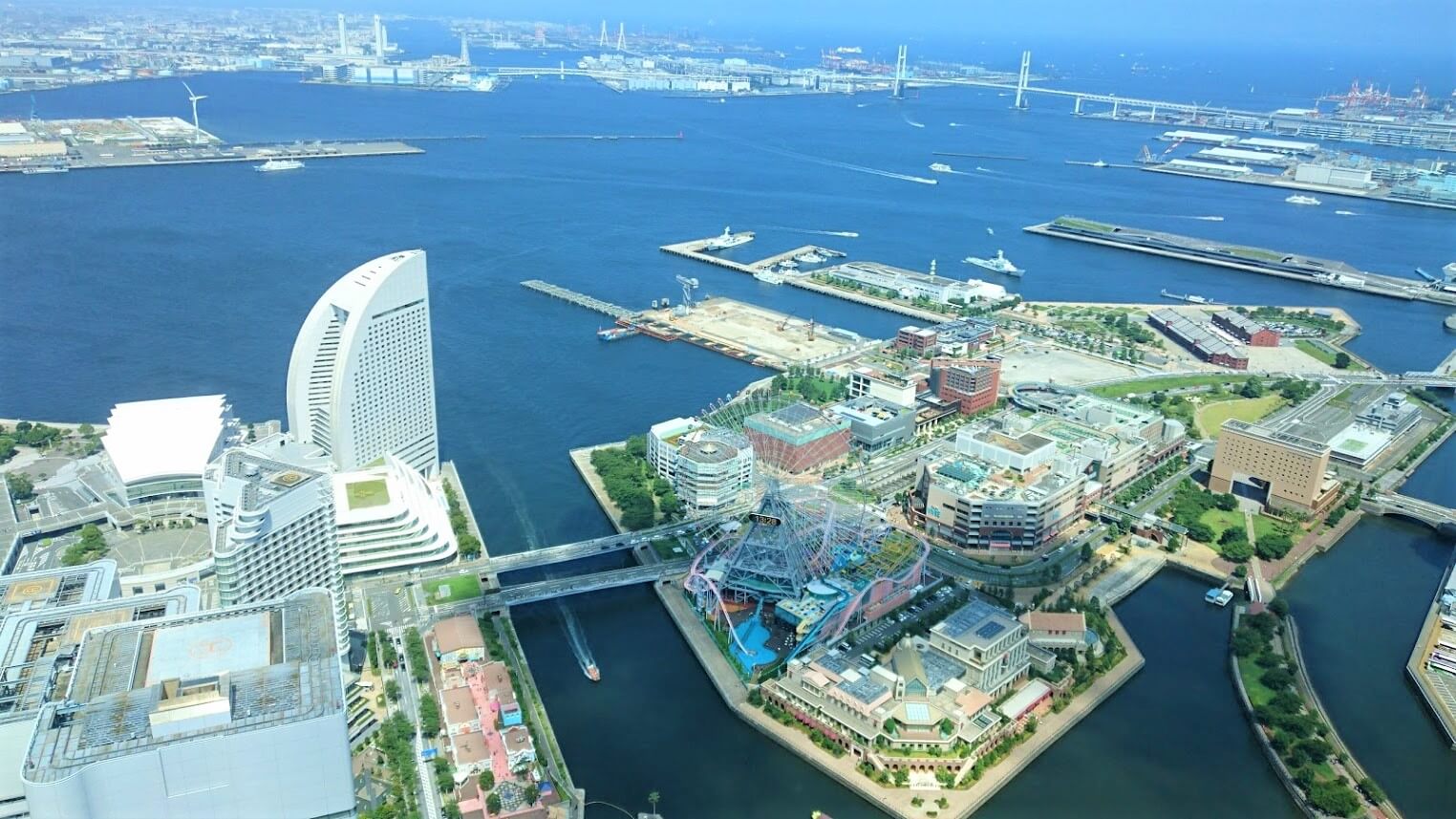
From 1993 until 2014, Minato Mirai 21’s ‘Landmark Tower’ was Japan’s tallest building at 296 metres in height. The building houses offices, shops and restaurants on the lower 48 floors with the 5-star Yokohama Royal Park Hotel located on the 49th to 70th floors. On the 69th floor, the ‘Sky Garden’ observatory offer 360-degree views of the surrounding city, bay and on clear days the unmissable sight of Mount Fuji. Open from 10:00 to 21:00 daily – and extended until 22:00 on Saturdays – access to the Sky Garden costs JPY1000 but with a bar waiting for you when you get there, it’s a great place to have a drink. Though located in Minato Mirai 21, Landmark Tower is located closer to Sakuragicho Station than to Minato Mirai Station. To get there from Yokohama, take the JR Negishi Line to Sakuragicho Station – only 3 minutes / JPY140 – and follow the signs for the short-walk to the building.
6 / AKARENGA SOKO (RED BRICK WAREHOUSES) / all year round*
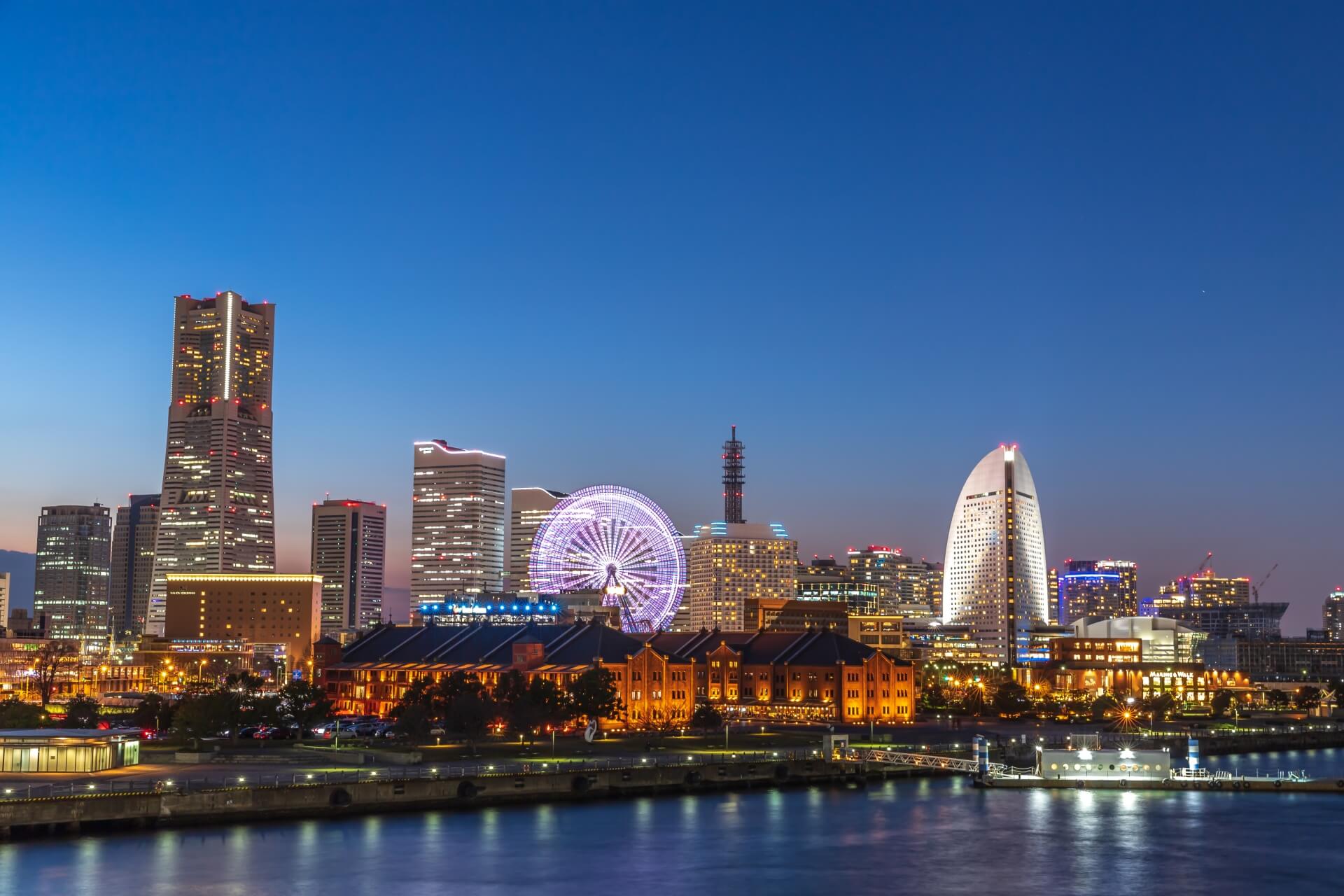
The former Customs Inspection House for Yokohama Bay, ‘Akarenga Soko’ or the ‘Red Brick Warehouses’ are two converted, waterfront storage and administrative buildings located within Minato Mirai 21. One warehouse houses around 40 shops, cafes and restaurants, many of which look out onto the water, while the other houses event spaces, a handful of shops and winter, an ice-skating rink. One of the most popular destinations in the city, Akarenga Soko hosts events throughout the year including music performances, art exhibitions and in autumn beer festival each October. Opening times vary between stores and restaurants but are typically from 11:00 to 20:00. To get there from Yokohama Station, take the Minato Mirai Line to Nihon-Odori Station – 7 minutes / JPY220.
*Red Brick Warehouses is currently closed due to ongoing renovations and scheduled to reopen in December 2022.
7 / NIPPON MARU & YOKOHAMA PORT MUSEUM / all year round
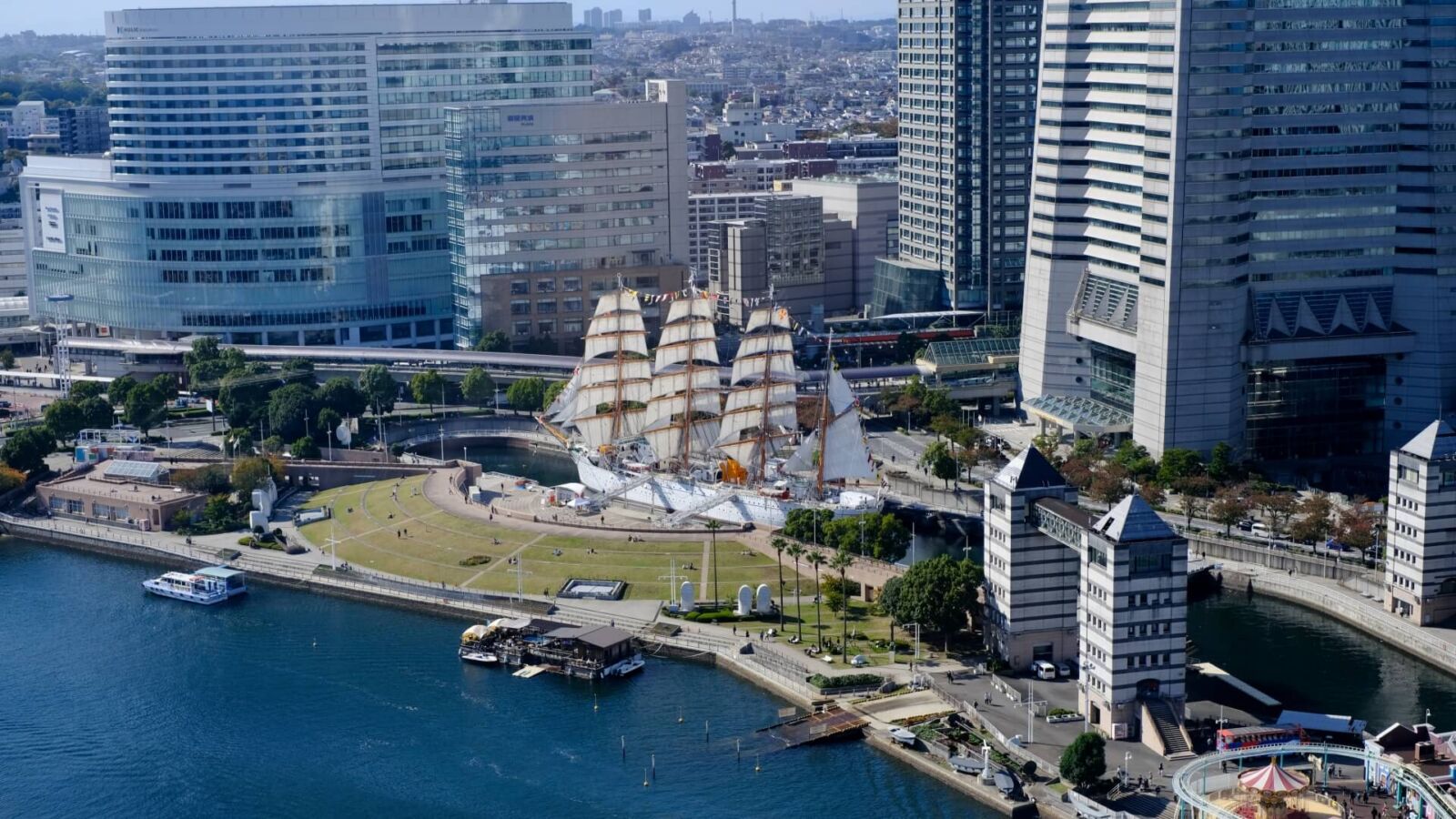
Located across the water from Minato Mirai 21, the ‘Nippon Maru’ is one of Yokohama’s most instantly recognisable sights. The grand sailing ship was built in 1930 and used to train sailors – an estimated 11,500 cadets over 54 years. Retired in 1984, the Nippon Maru is now permanently docked in Yokohama and is open to the public. The ship has long been known for its beauty and remains in excellent condition, making it well worth exploring with full 29 sail displays taking place twice each month from April to November. The Yokohama Port Museum sits next to the ship and celebrates the history of Yokohama as a port city. The Nippon Maru is open daily (closed on Mondays and from Dec.29 to Jan.3) from 10:00 to 17:00 with last entry at 16:30. Admission to the ship-only is JPY400 or JPY800 for admission to the ship and museum. To get there from Yokohama Station, take the Yokohama City Subway Blue Line to Sakuragicho – 3 minutes / JPY210 – from where its under 5 minutes walk. For nearby accommodation listings, see our 'Yokohama: Sakuragicho Station Area' hotel page.
8 / KANAGAWA SHIMBUN FIREWORKS FESTIVAL / August
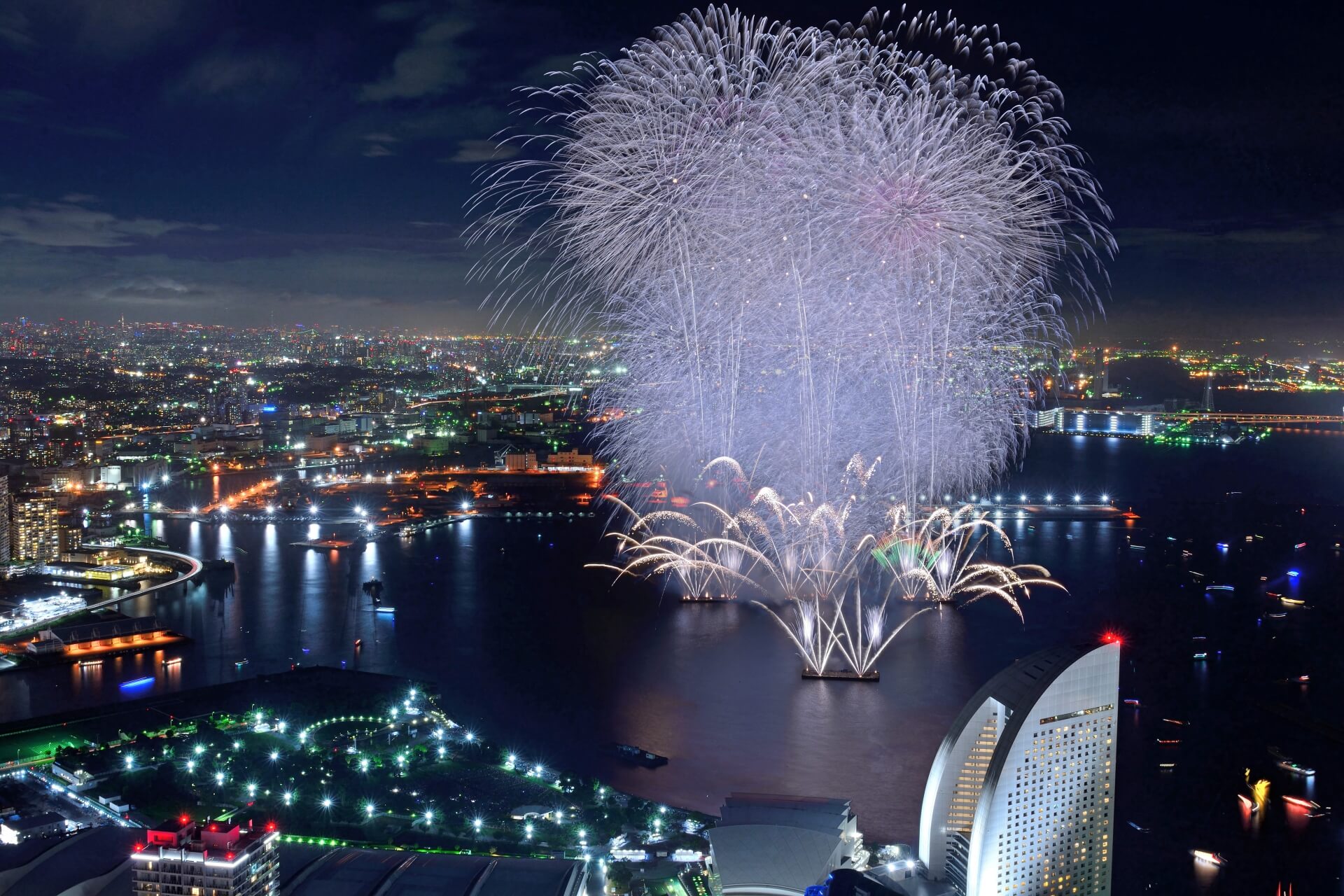
Taking place in early August (the exact date varies from year-to-year), the Kanagawa Shimbun Fireworks Festival takes place in Yokohama, with an estimated 15,000 fireworks launched from pontoons on the water off Minato Mirai 21 and at Rinko Park. The first fireworks head skyward at 19:00 with the display running until 20:30. Make sure to get there early to secure a good spot – and make sure to bring something to sit on – or alternatively, reserved seating is available. The festival attracts tens of thousands of visitors, creating a great atmosphere in the warm summer night. To get there from Yokohama Station, take the Minato Mirai Line to Minato Mirai Station – 3 minutes / JPY190 – and follow the crowds. For accommodation listings, see our 'Yokohama: Minato Mirai 21 / Bayside Area' hotel page.
9 / YOKOHAMA ‘OKTOBERFEST’ / October*
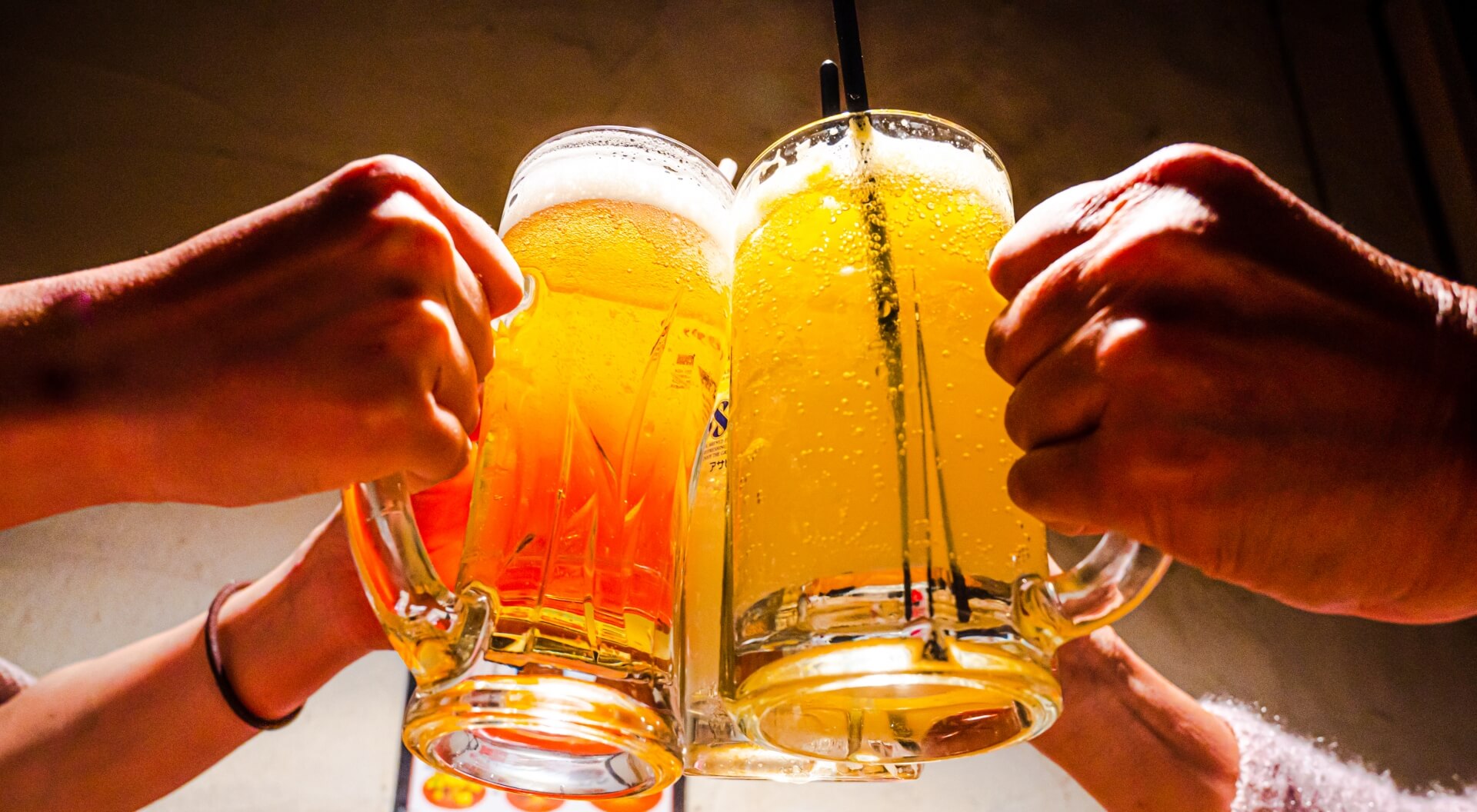
Yokohama’s annual ‘Oktoberfest’ is Japan’s largest beer festival, held each October at the Red Brick Warehouses. Participating brewers change each year however you can expect plenty of your local favourites there along with international brewers, with over one hundred varieties typically on offer. A .5 litre beer typically costs between JPY1000 to JPY1300 with a one-time deposit of JPY1000 charged for your stein glass which you hang onto all day and as long as you hand it back at the end of the day in one piece, you’ll get that money back. Food including plenty of bratwurst, sauerkraut and other German staples along with live music and lots and lots of laughter and chatter fill the tents with a great atmosphere. Not to be missed. To get there from Yokohama Station, take the Minato Mirai Line to Nihon-Odori Station – 7 minutes / JPY220.
*the festival’s usual venue, Red Brick Warehouse, is closed for renovation until December 2022 and there is yet to be an announcement as to whether the festival will take place in 2022 and if so, where it will be held.
10 / KIRIN BEER FACTORY / all year round
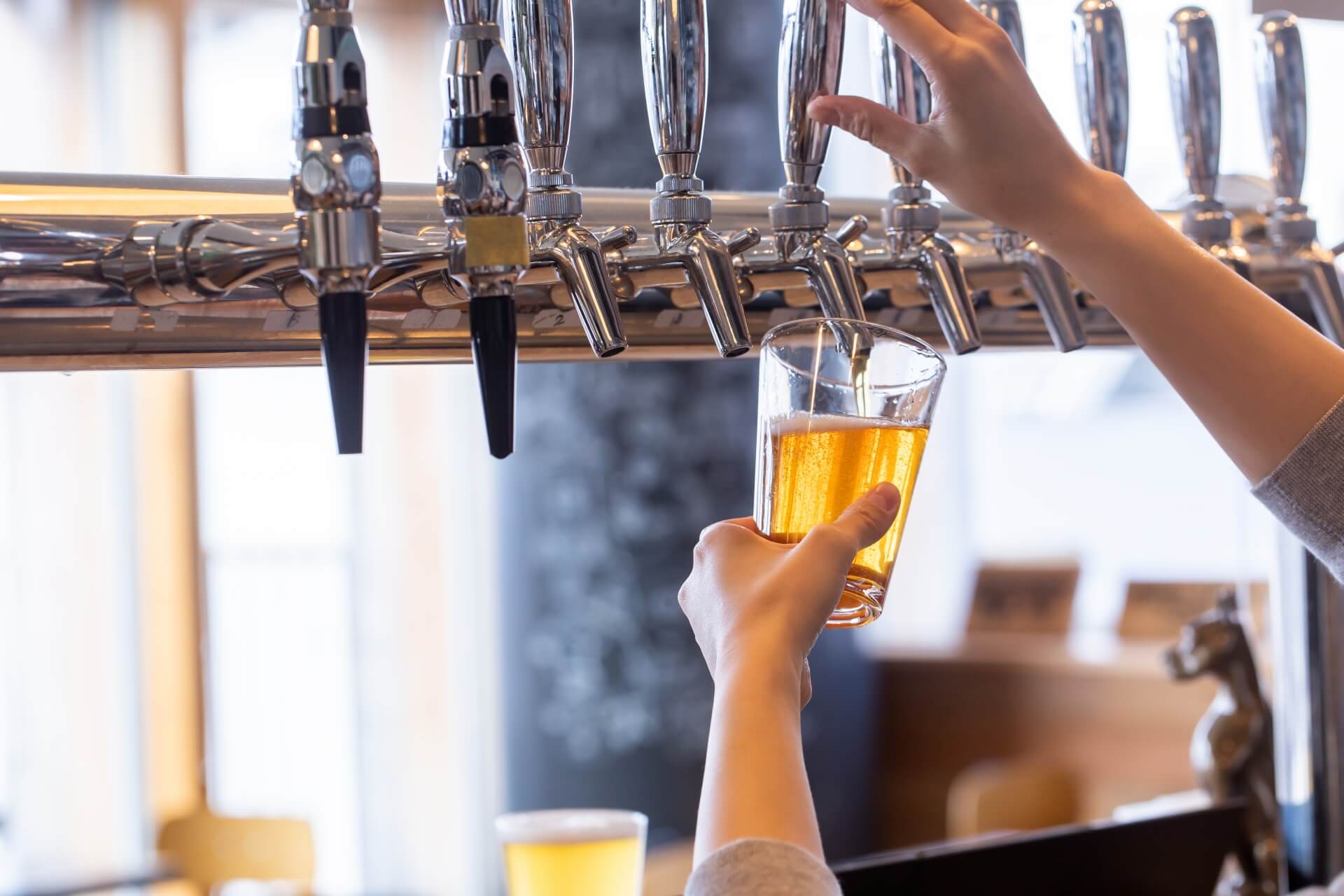
If you're keen to join Oktoberfest but won't be in Yokohama while it's on, you might like to consider a tour and tasting at the city's Kirin Beer Factory. Kirin is one of Japan’s major and most famous beer breweries – one that was founded in Yokohama and is synonymous with the city. Located less than 30 minutes from Yokohama Station, Kirin Beer Brewery offers daily tours – other than on Mondays when the brewery is closed – lasting around 80 minutes and including a 20 minute tasting. Tours are conducted once an hour from 10:00 to 16:00 and cost JPY500 per person. On the tour you will be introduced to the history of Kirin, the brewing process before enjoying your tasting. Though guided in Japanese, English guides are also available and its best to book in advance - +81-(0)45-503-8250 – noting that the legal drinking age in Japan is 20 and over. To get there from Yokohama Station, take the Keikyu Main Line to Namamugi Station – 13 minutes / JPY160 – from where it’s a 10 minute walk.
11 / BASEBALL AT YOKOHAMA STADIUM / April to October
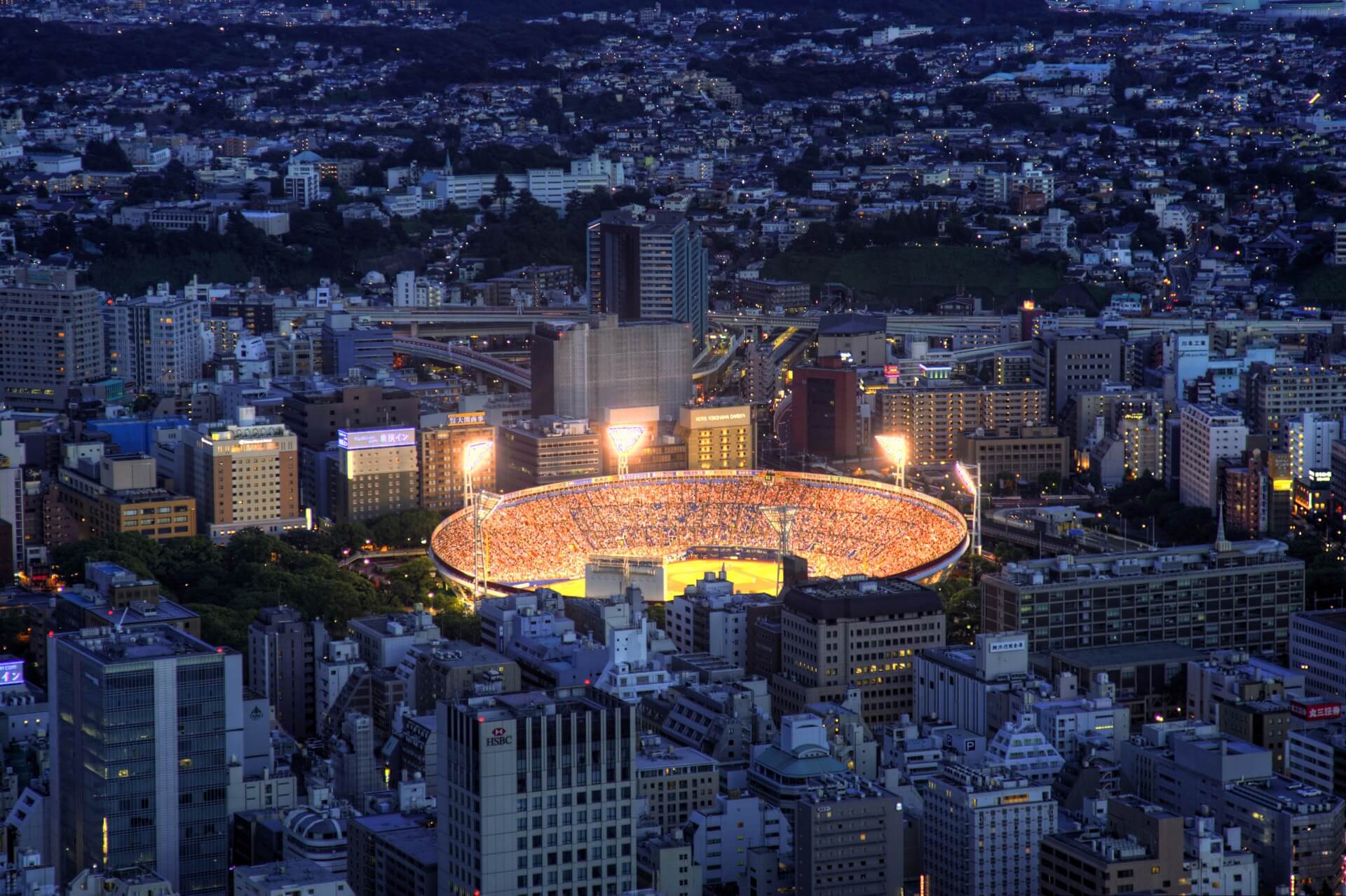
Home of the Yokohama DeNA Baystars, Yokohama Stadium is located in the central city making it an ideal venue at which to enjoy a game of baseball with a cold Kirin in hand. The Japanese season runs from April to October with tickets typically selling for between JPY2000 to JPY7000. The stadium seats just under 35,000 people with games typically starting at 14:00 or 18:00. To get there from Yokohama Station, take the Subway Blue Line to Kannai Station – 5 minutes / JPY210 – with the stadium immediately accessible from the station. Tickets can be purchased through the official team website or at the stadium. For accommodation nearby the stadium, see our 'Yokohama: Kannai Station Area' hotel page.
12 / YOKOHAMA ZOOLOGICAL GARDENS ‘ZOORASIA’ / all year round
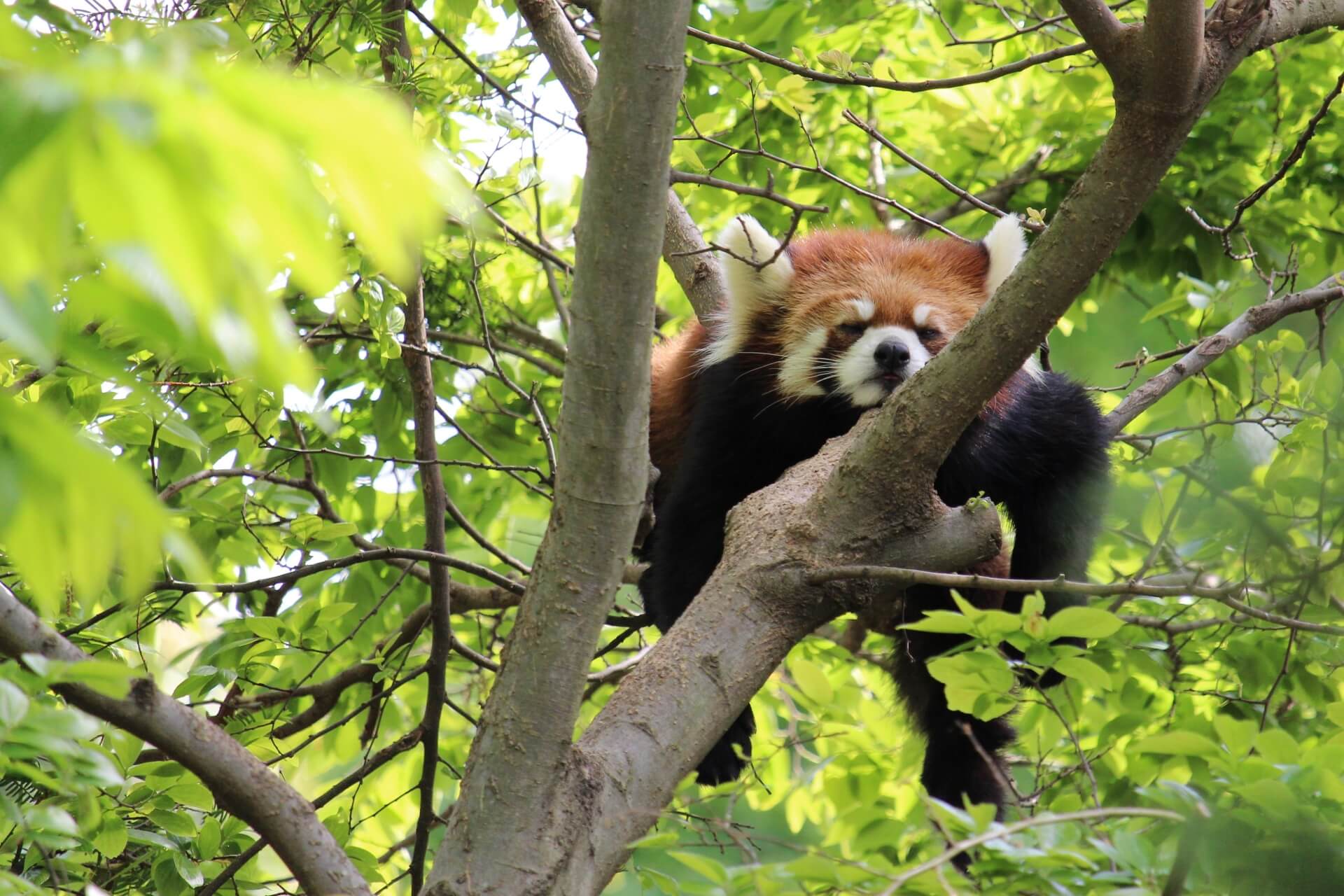
Opened in 1999, ‘Zoorasia’ is modern zoo designed to minimise barriers between visitors and the animals. Divided into zones including Asian Tropical Forest, Amazon Jungle, African Savannah, Subarctic Forest and others, enclosures mimic the natural environments of the animals with nature trails, activity areas, restaurants, cafes and shops ensuring the zoo is well-equipped to entertain visitors. Animals kept at the zoo include elephants, lions, leopards, orangutans, macaques, chimpanzees, tigers, bears along with numerous species of birds and lots of other wildlife. The zoo is open daily (closed on Tuesdays and from Dec.29 to Jan.1) from 09:30 to 16:30, with last entry at 16:00. Admission is JPY800. To get there from Yokohama Station, take the Sotetsu Railway to Tsurugamine Station – 14 minutes / JPY200 – and transfer for the zoo bus – 20 minutes / JPY220.
13 / CUP NOODLE MUSEUM / all year round
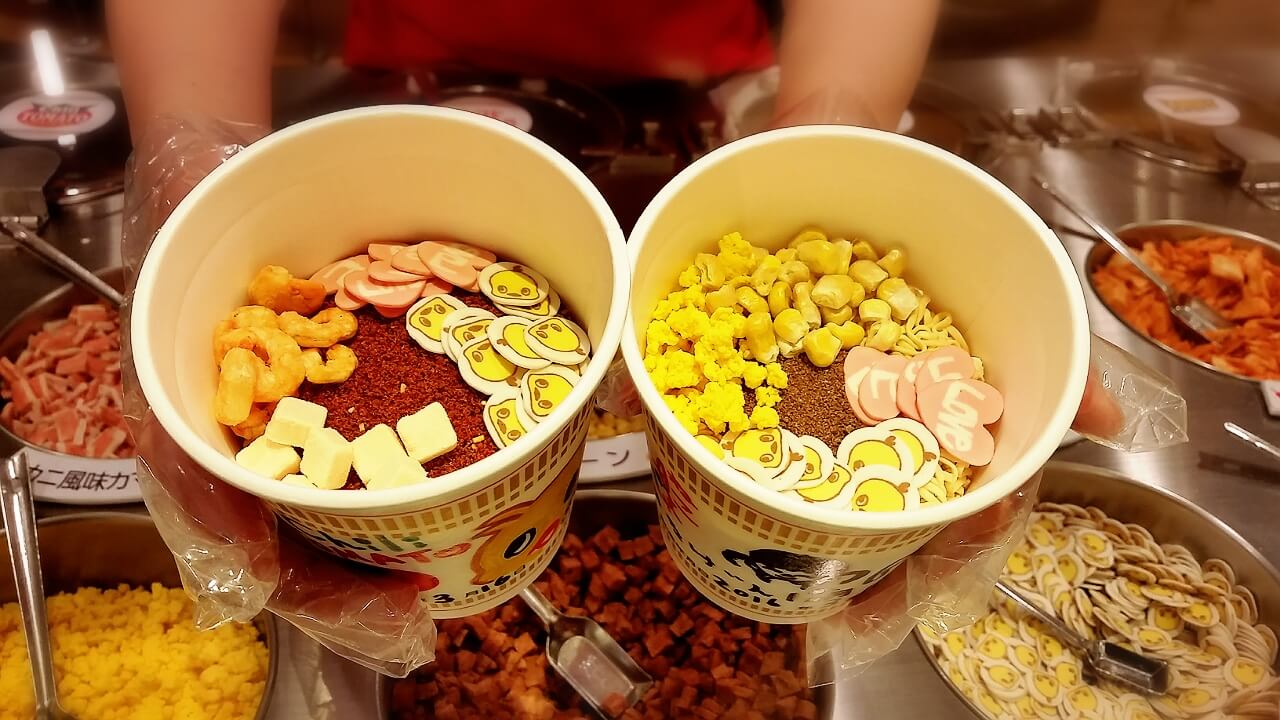
The properly-named ‘Ando Momofuku Hatsumei Kinenkan’ or simply ‘Cup Noodle Museum’ might seem an odd inclusion on this list however it’s a hugely popular destination that draws visitors from all over the world – a reflection of the ubiquity and cultural pull of the simple cup noodle. Instant ramen noodles were invented by the founder of the Nissin Food Company in 1958, and today, the museum celebrates the glorious world of flavourful styrofoam cup with unconventional exhibits, art installations, a children’s ‘Cupnoodles Park’ playground and of course multiple areas in which you can make your own cup of noodles including the ‘My Cupnoodles Factory’ and ‘My Chicken Ramen’ workshops along with ‘Noodles Bazaar’ food court, designed to mimic a night market. The museum is open daily (closed on Tuesdays and over the New Year period) from 10:00 to 18:00 with last entry at 17:00. Admission is JPY500 with workshops and some activities incurring additional costs. To get there from Yokohama Station, take the Minato Mirai Line to Minato Mirai Station – 3 minutes / JPY190 – of JR Negishi Line to Sakuragicho Station – 3 minutes / JPY140. The museum is around 10 minutes walk from either station.
14 / RAMEN MUSEUM / all year round
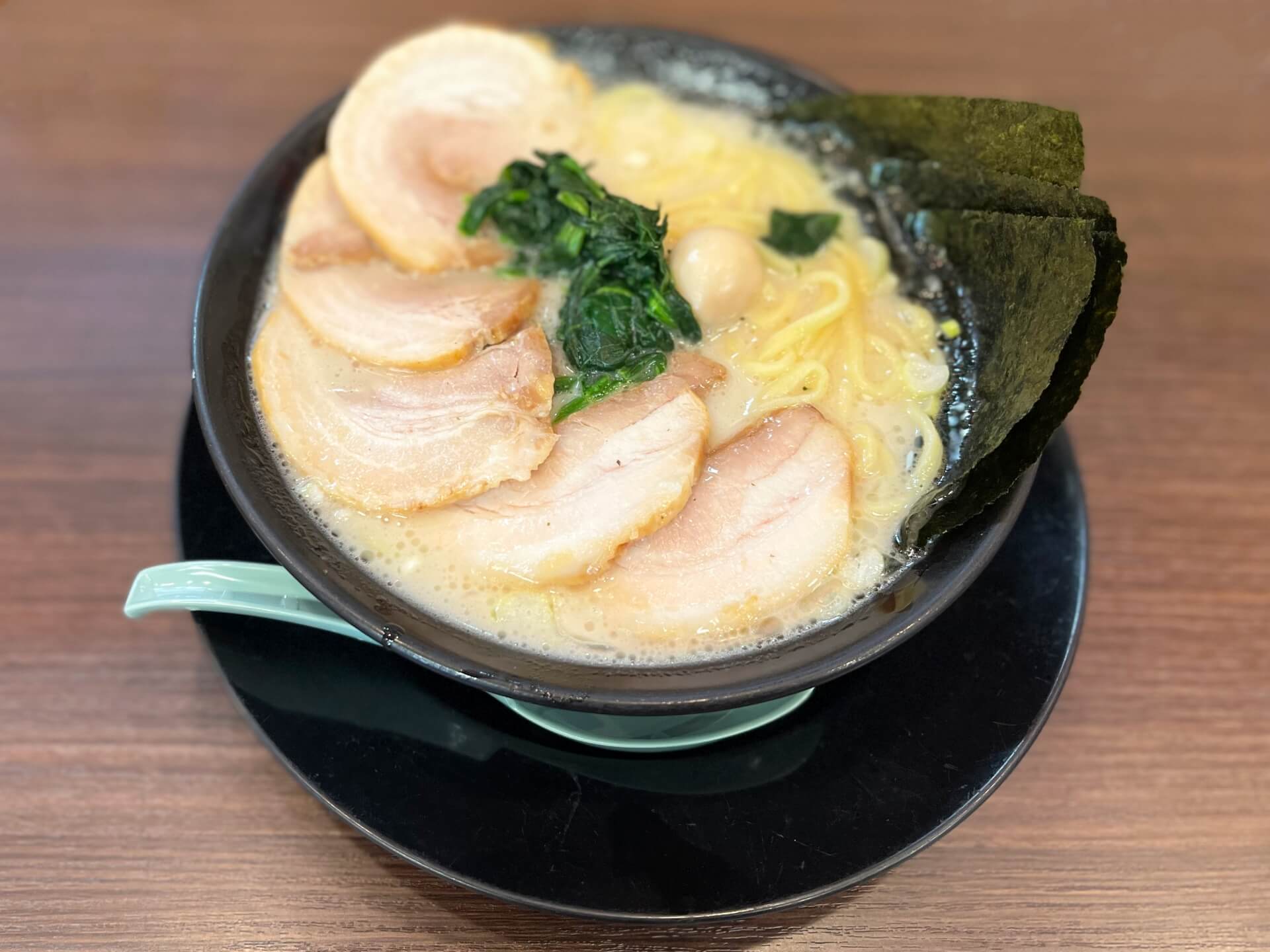
Anyone intrigued by the Cup Noodle Museum should also consider visiting the Shin-Yokohama Ramen Museum. Dedicated to one of Japan’s most famous and popular dishes, the ramen museum celebrates the history of the noodles, how they are made and their regional interpretations. The museum also includes a fabricated 1958 Tokyo streetscape of restaurants serving ramen from different regions of Japan. The museum is open daily from 11:00 to 22:00 and admission is JPY380. To get there from Yokohama Station, take the Subway Blue line to Shin-Yokohama Station – 10 minutes / JPY250 – from where the museum is between 5 to 10 minutes walk.
15 / MOTOMACHI & YAMATE DISTRICTS / all year round

Located to the south of Yokohama’s Chinatown district, Motomachi and Yamate were popular with foreigners who resided in the city after Japan re-opened to the world during the Meiji Restoration. While most of the original buildings no longer remain, the main shopping street retains a distinctly Western atmosphere and offers visitors a range of shops, restaurants and cafes. The Motomachi district also includes large parks that are pleasant to walk through, featuring historic residences, rose gardens, view-points and a range of historic attractions such as the Yokohama Foreign Cemetery, America Yama Park, France Yama Park, the Former British Consulate and Kanazawa Museum of Modern Literature. To get there from Yokohama Station, take the Minatomirai Line F Liner – 8 minutes / JPY220 – and for accommodation listings, see our 'Yokohama: Chinatown / Motomachi Area' hotel page.
16 / HAKKEIJIMA SEA PARADISE / all year round

Located around 30 minutes to the south of central Yokohama, Hakkejima Sea Paradise is an island featuring multiple attractions including an aquarium, amusement park, shopping centre, marina and a hotel. Hakkejima enjoys tremendous popularity and ranks among the most popular amusement parks in not just Japan but all of Asia. On the island, Aqua Resorts includes an aquarium and other features while nearby Pleasure Land includes rides suitable for all ages. Two shopping centres and the large Hotel Sea Paradise are all within close proximity, with multiple walking paths criss-crossing the island and its many gardens. There is no admission cost to access the island, with specific charges applying for access to the attractions you wish to enjoy and a range of tickets available including: Aqua Resorts JPY3000 / Pleasure Land inc. unlimited rides JPY3100 / Aqua Resorts + Pleasure Land inc. unlimited rides JPY4700 to JPY5200 (depending on time of year). To get there from Yokohama Station, take the Keikyu Main Line to Kanazawa-Hakkei Station – 20 minutes / JPY290 – and then transfer to the Kanazawa Seaside Line to Kanazawa-Hakkei Station – 7 minutes / JPY270. Alternatively, take the JR Negishi Line to Shin-Sugita Station – 15 minutes / JPY220 – and then transfer to the Kanazawa Seaside Line to Hakkejima Station – 18 minutes / JP320. Once at Hakkejima Station, buses run frequently to the attractions of the island or you can walk.
17 / VISIT KAMAKURA / all year round
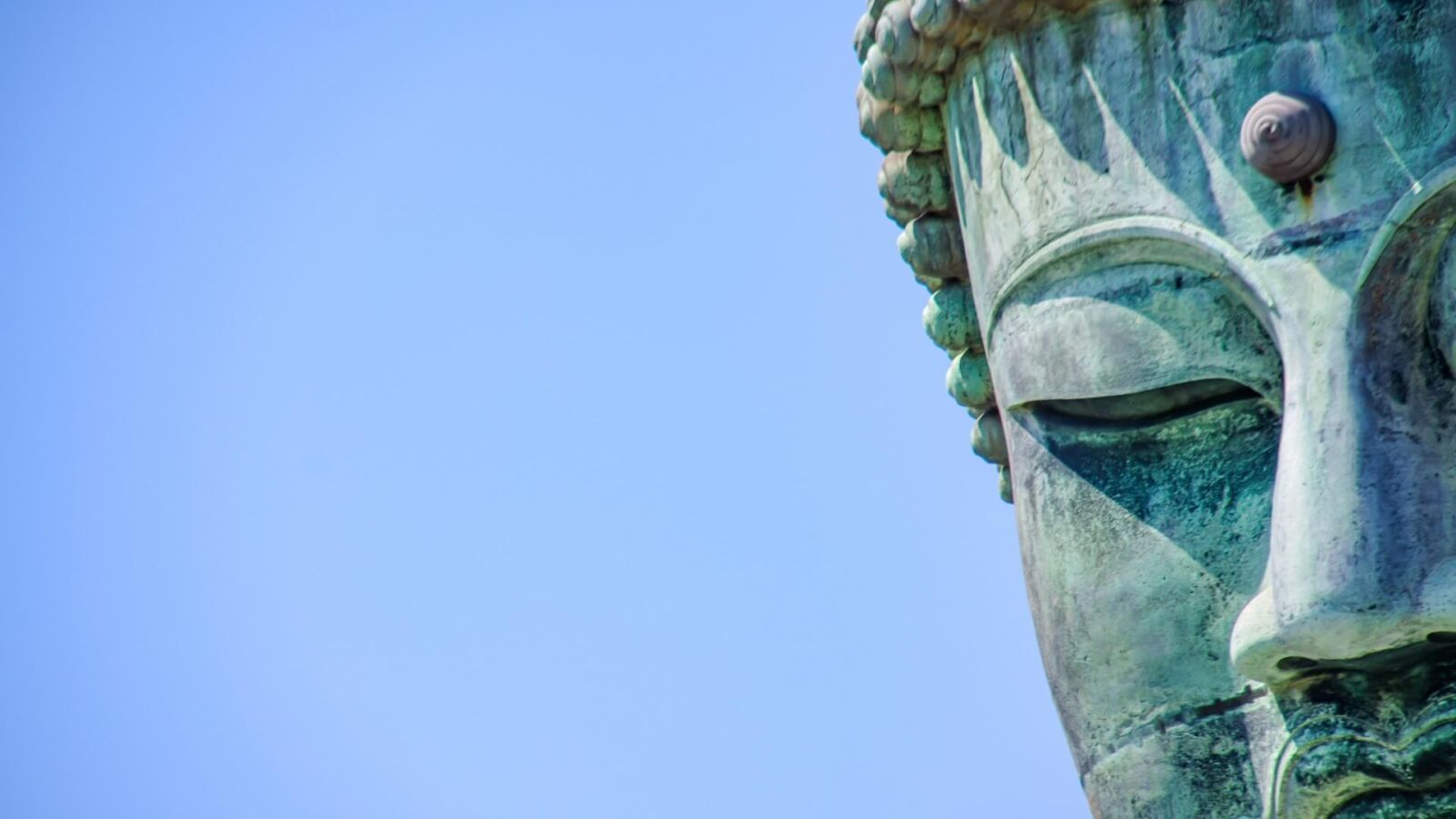
Located less than 30 minutes from Yokohama, Kamakura was the seat of power during the Kamakura Period, and today, remains one of Japan’s most historic and popular destinations – most famous for its temples including the ‘Five Great Zen Temples’, shrines and of course the ‘Great Buddha of Kamakura’. Our ’20 Things to Do Around Kamakura & Where to Stay’ page has information about those and other great destinations along with our suggestion of the best areas to stay when there. To get there from Yokohama Station, take the Yokosuka Line to Kamakura Station – around 25 minutes / JPY350.
18 / VISIT HAKONE / all year round
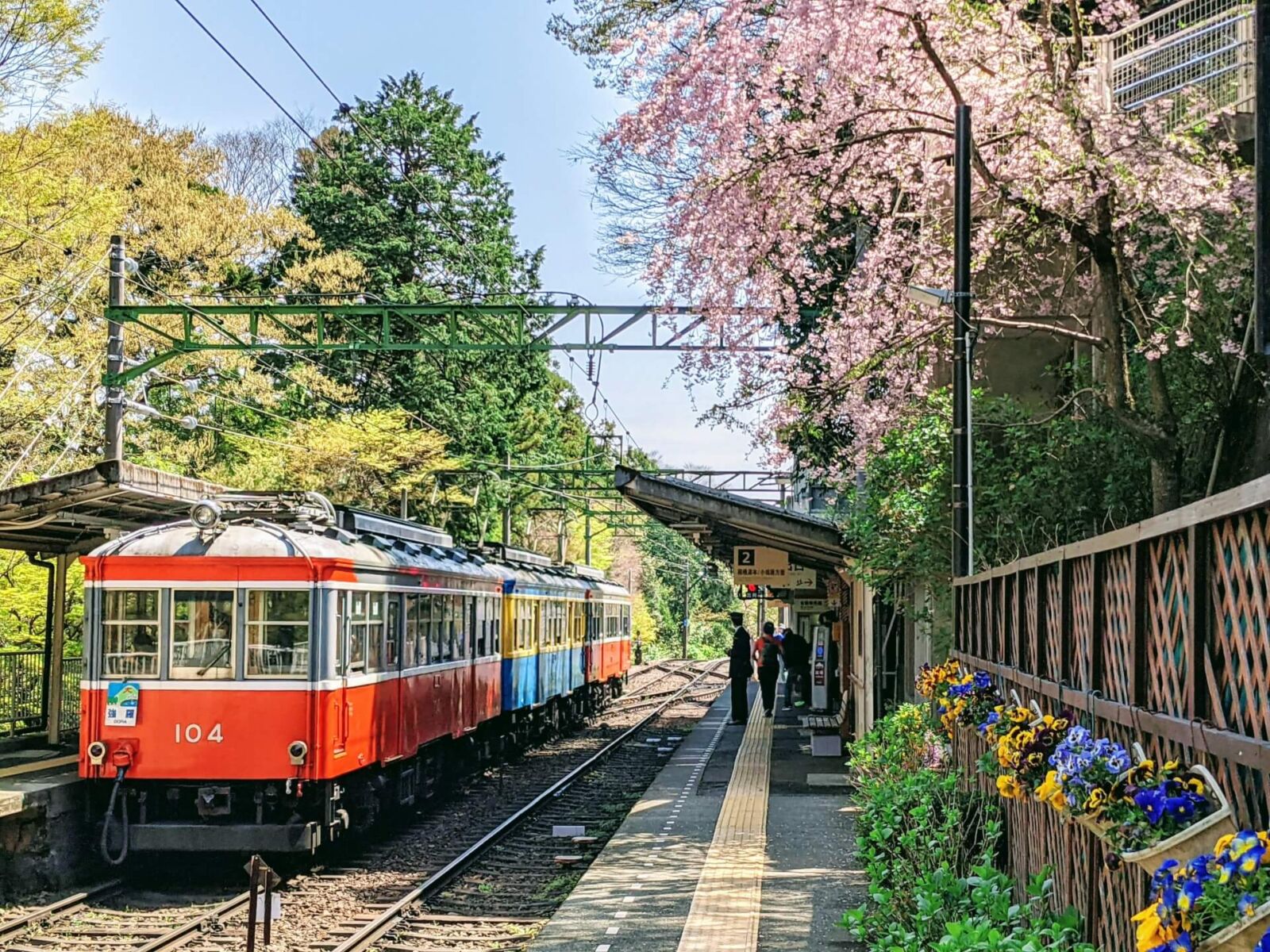
Hakone is one of Japan’s most famous and popular ‘onsen’ (natural hot spring) towns. Home to a huge range of accommodation, great restaurants, museum, galleries and outdoor attractions, Hakone is within easy reach of Yokohama and offers visitors some of the best views of Mount Fuji to the west. Our ’15 Things To Do Around Hakone & Where To Stay’ page has lots of great tips and suggestions of what’s on offer on including the best areas to stay when there. To get there from Yokohama Station, take the Tokaido Main Line to Odawara Station and then transfer to the Hakone Limited Express service to Hakone-Yumoto Station – a total journey of around 70 minutes / JPY1510.
19 / EXPLORE TOKYO / all year round
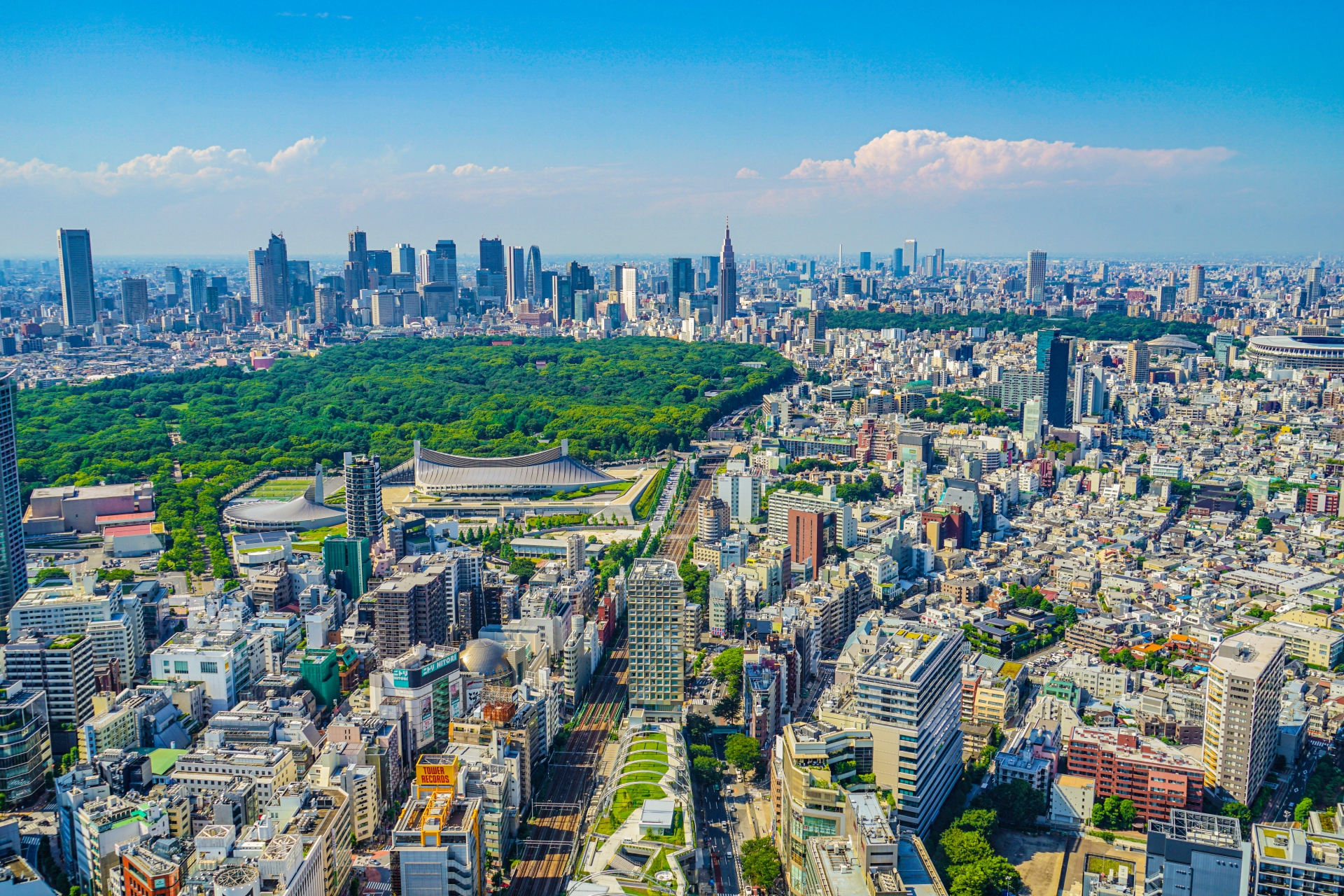
Any visitor to Yokohama is almost certain to visit Tokyo. Japan’s sprawling capital offers something for everybody, from the cultured, refined and high-end to the hippest of neighbourhoods, sub-cultures and diverse pop-culture they give birth to. One of the world’s great cities, Tokyo must be experienced to be believed. Our ‘Tokyo’ destination page is a great place to start when looking for suggestions of what’s on offer and the best places to stay. To get there from Yokohama Station, take the Tokaido Main Line to Tokyo Station – 25 minutes / JPY480; or alternatively, take the Shonan-Shinjuku Line Rapid service to Shinjuku Station – 30 minutes / JPY570.
20 / EXPLORE CENTRAL JAPAN / all year round
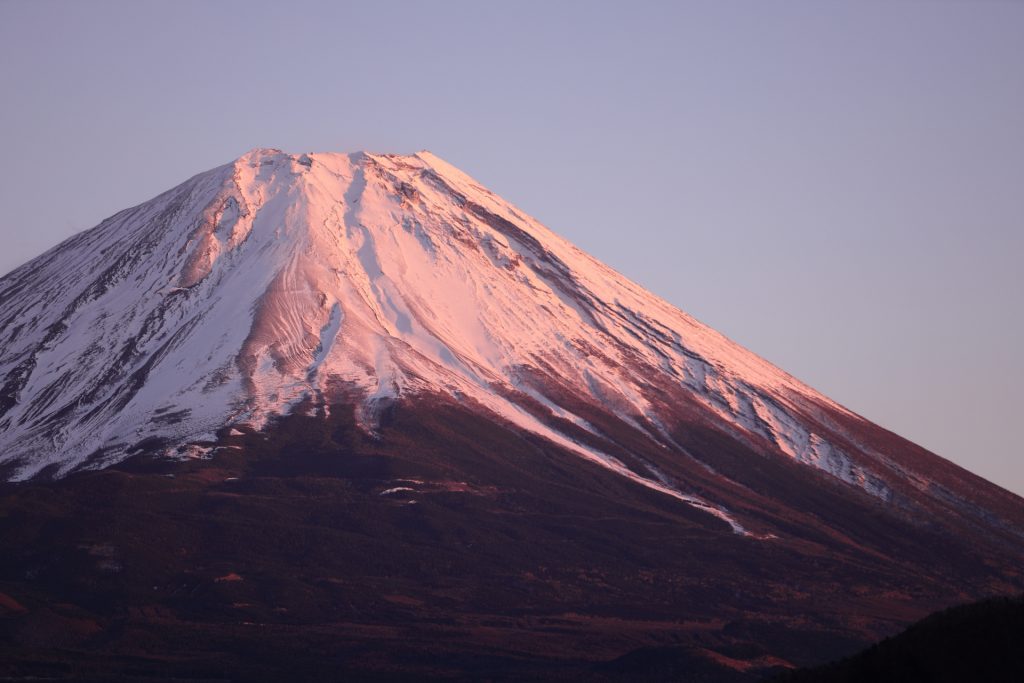
Yokohama is one of Japan’s more ports for international cruises ships. As such, many visitors enter and exit Japan via Yokohama before moving onto other destinations in Japan. Serviced by multiple major stations including Yokohama Station and Shin-Yokohama Station – a stop on the Tokaido Shinkansen (‘Bullet Train’) line running from Tokyo to Osaka – visitors can move quickly and easily onto other regions of Japan including Central Japan. Our ’30 Things to Do Near Tokyo: Best Day-Trips & Overnights Getaways’ page includes our recommendation of destinations that can be enjoyed as day-visits or multi-day adventures from Tokyo, or just as easily, from Yokohama.
BEST PLACES TO STAY WHEN VISITING YOKOHAMA
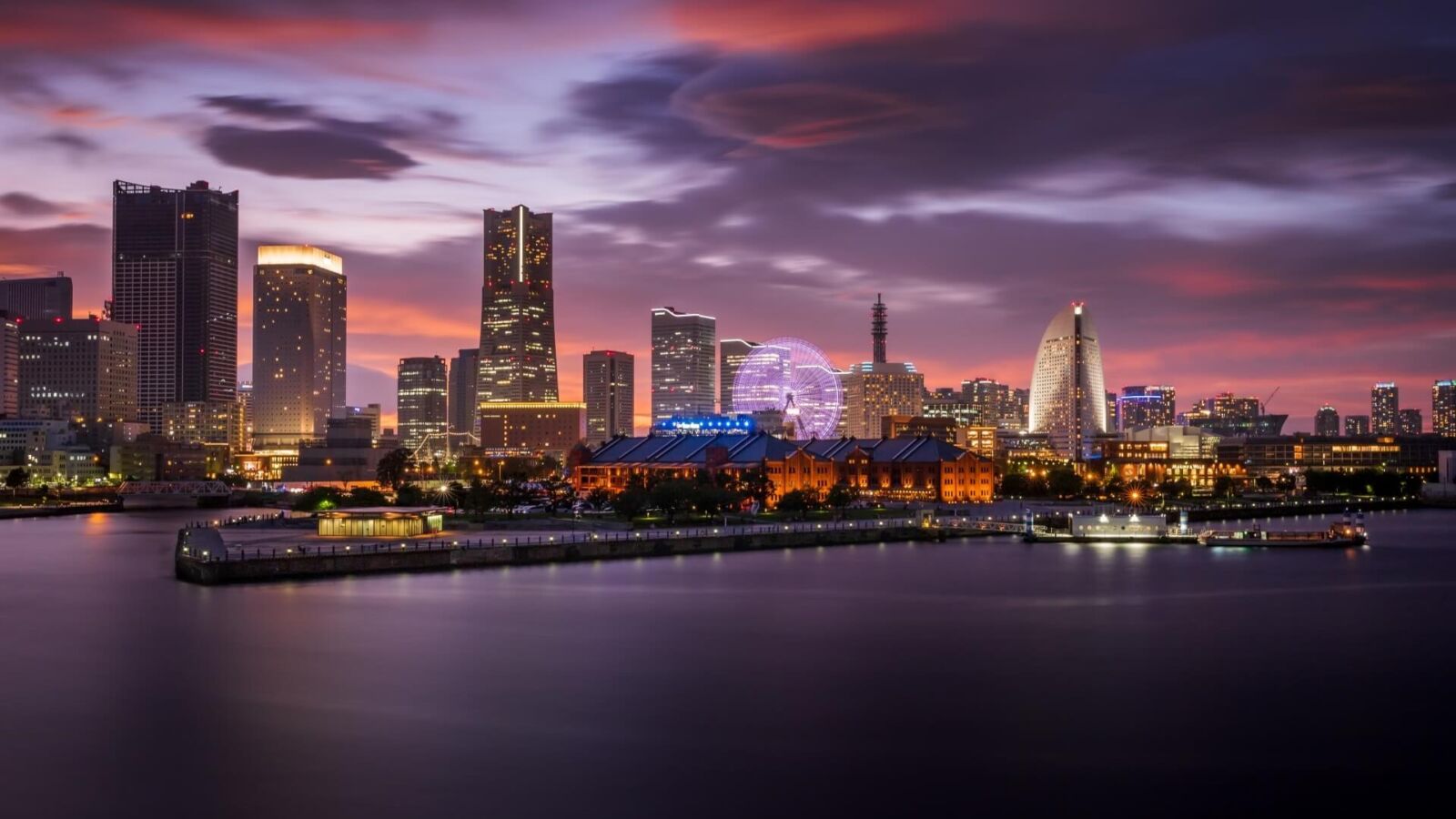
With international cruise liners operating to and from Yokohama, it’s no surprise that you’ll find plenty of accommodation options in the city including large, high-end hotels. Districts including the Minato Mirai 21 bayside area, Yokohama’s Chinatown, the historic Motomachi district or the precincts surrounding Yokohama Station and Shin-Yokohama Station rank among the best places to looking when choosing where to stay in the city. Our ‘Best Places to Stay in Yokohama’ page has our recommendation of the most convenient areas including links to accommodation listings.
HOW TO GET TO YOKOHAMA
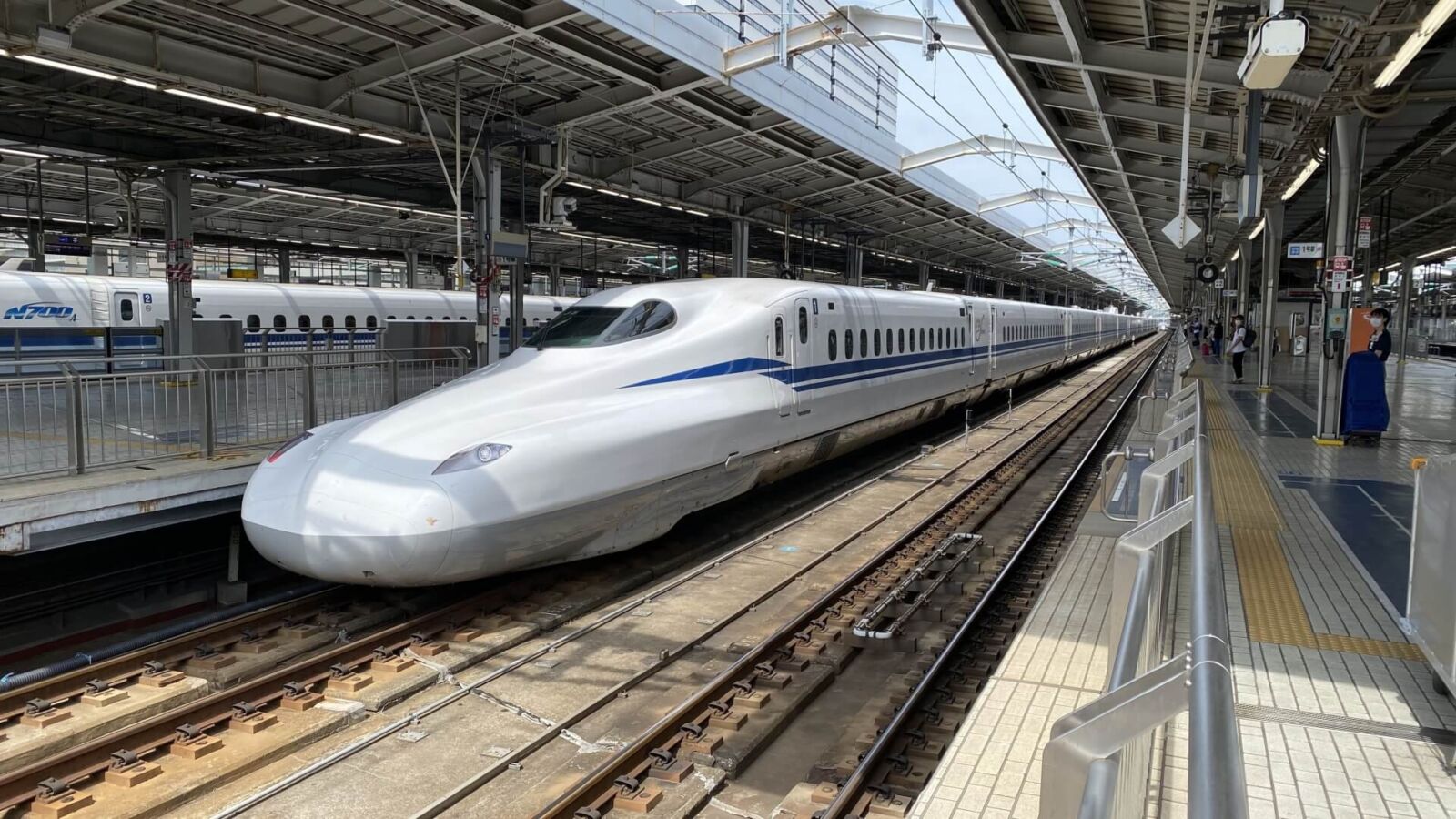
Located less than 30 minutes to the south of Tokyo using standard train services, Yokohama is easy to reach the capital with the faster option of using the Tokaido Shinkansen (‘Bullet Train’) – taking less than 20 minutes to reach Shin-Yokohama Station from Tokyo Station. Our ‘How to Get to Yokohama’ page has everything you need to know about getting there from Tokyo, Kyoto, Osaka and beyond.
THINGS TO DO IN TOKYO
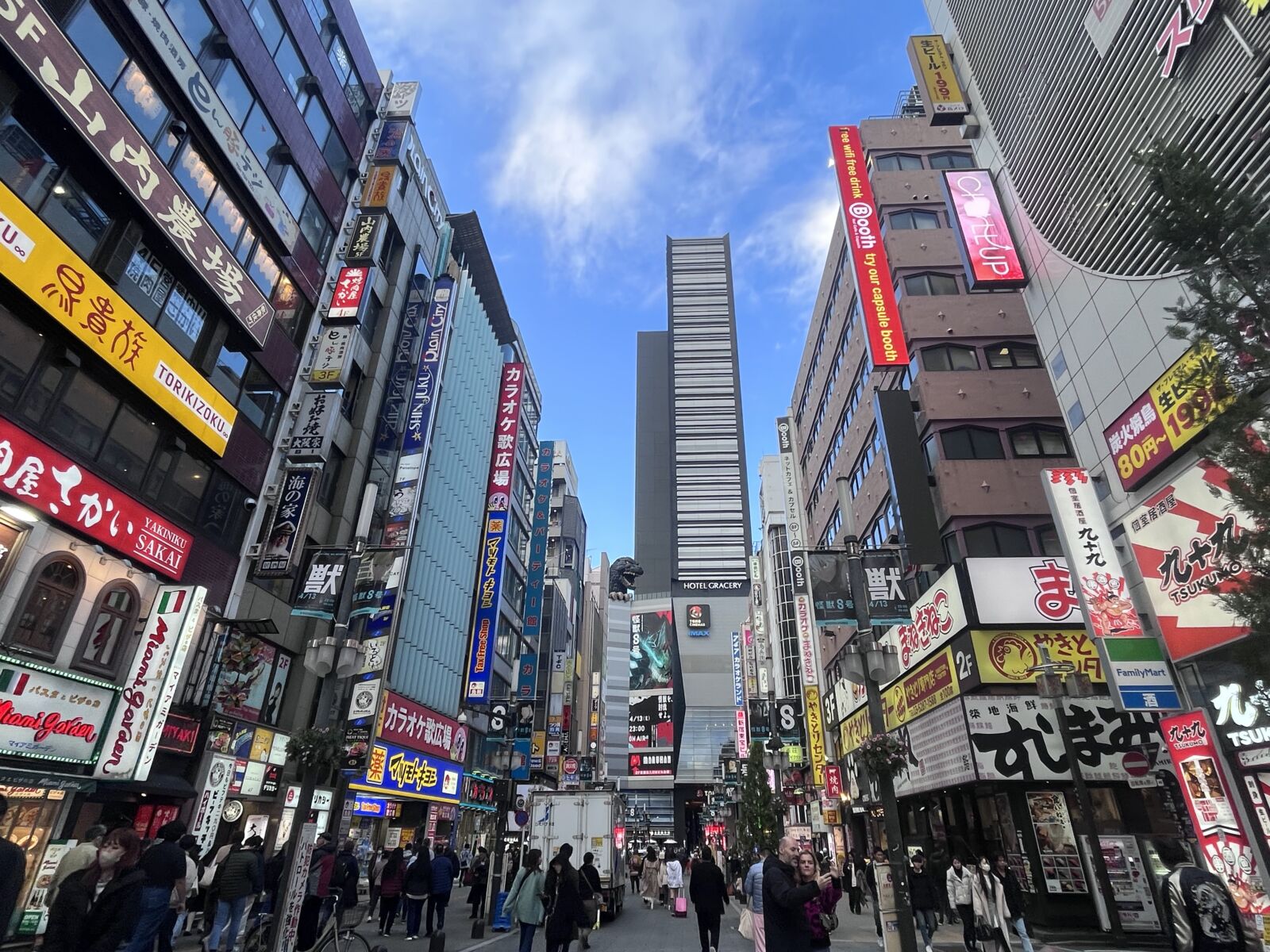
This page would not be complete without also suggesting our top recommendations on things to do in Tokyo as well. Why not check out our 25 Things to Do in Tokyo page which will also give you plenty of inspiration for your time spent in Tokyo. Here you will find some of the best activities and recommendations on how to spend your time in the Capital, as well as some tours that you can join to make the most out of your trip!
From watching Sumo wrestlers train to eating the freshest sushi at local markets, playing Taiko drums to exploring hidden shrines and temples, Tokyo truly has it all. Our Tokyo tours enable you to pick and choose from a wide range of areas and activities to explore during your trip. Want to explore lesser known neighbourhoods in Tokyo, or do you want to get into the hustle and bustle of the world’s most populated city, then click the link above and start exploring what you can do in Tokyo to make your trip unforgettable.
BEST TOURS IN TOKYO
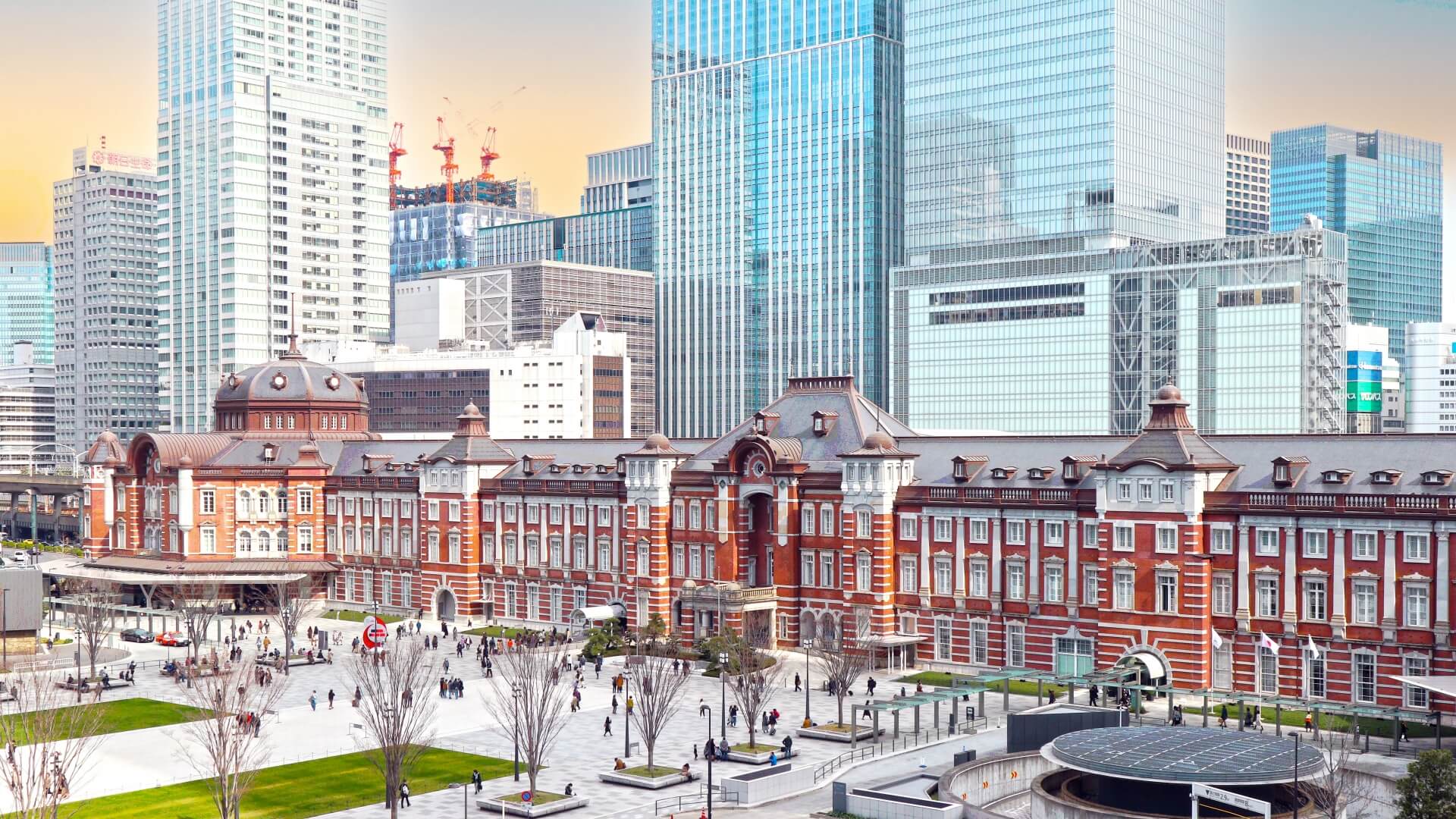
Tokyo is steeped in history. The city has faced many hardships from earthquakes, fires and the air raids of WW2, and unfortunately many of its oldest buildings and structures have disappeared over time. However, Tokyo does a fantastic job at celebrating and retaining much of its character and culture, with stunning renovations of temples and shrines, museums housing some of Japan’s finest artefacts, and pockets of neighbourhoods that have managed to preserve its original architecture despite the many challenges its faced. Pop culture lovers will rejoice at Japan’s modern aesthetic, with its bright lights and neon signs that make the city glow at night. There is so much to see and do in Tokyo. Check out our ’Best Tours in Tokyo’ page which will give you information on the best tours in Tokyo and the best day trips from Tokyo throughout the Kanto region.
THE BEST DAY TRIPS AND GETAWAYS FROM TOKYO
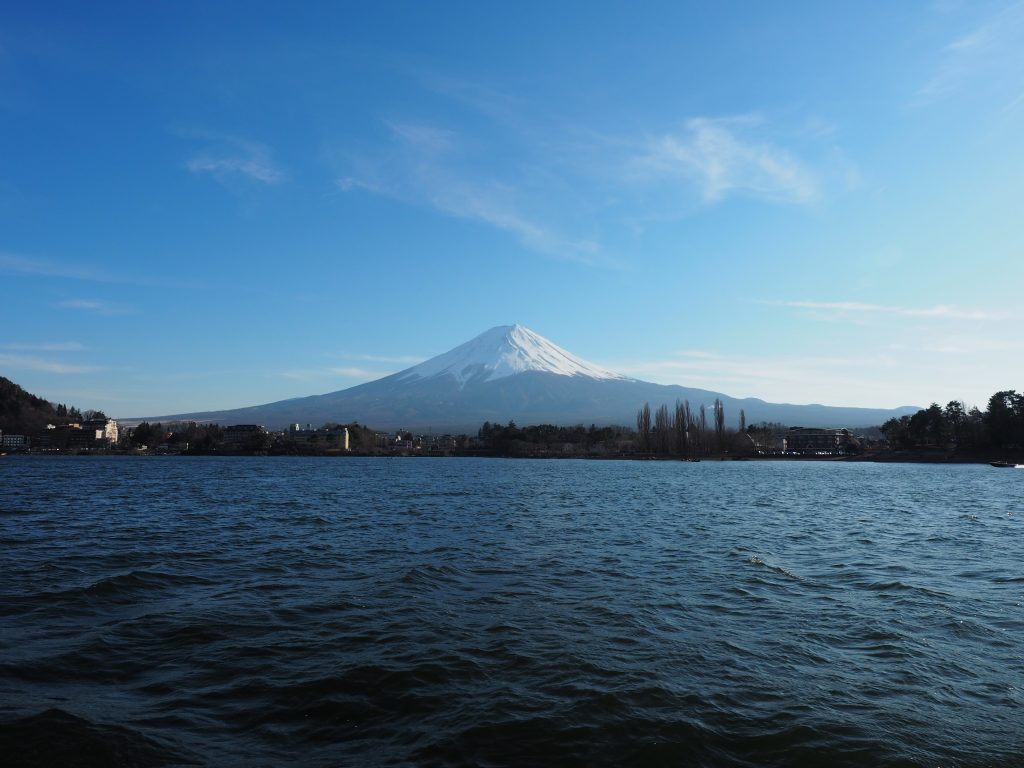
For more information and inspiration on what excursion day trips, overnight stays and multi day trips you could do outside of Tokyo, check out our 30 Things To Do Near Tokyo: The Best Day-Trips & Getaways From The Capital page!
PLAN YOUR VISIT TO JAPAN
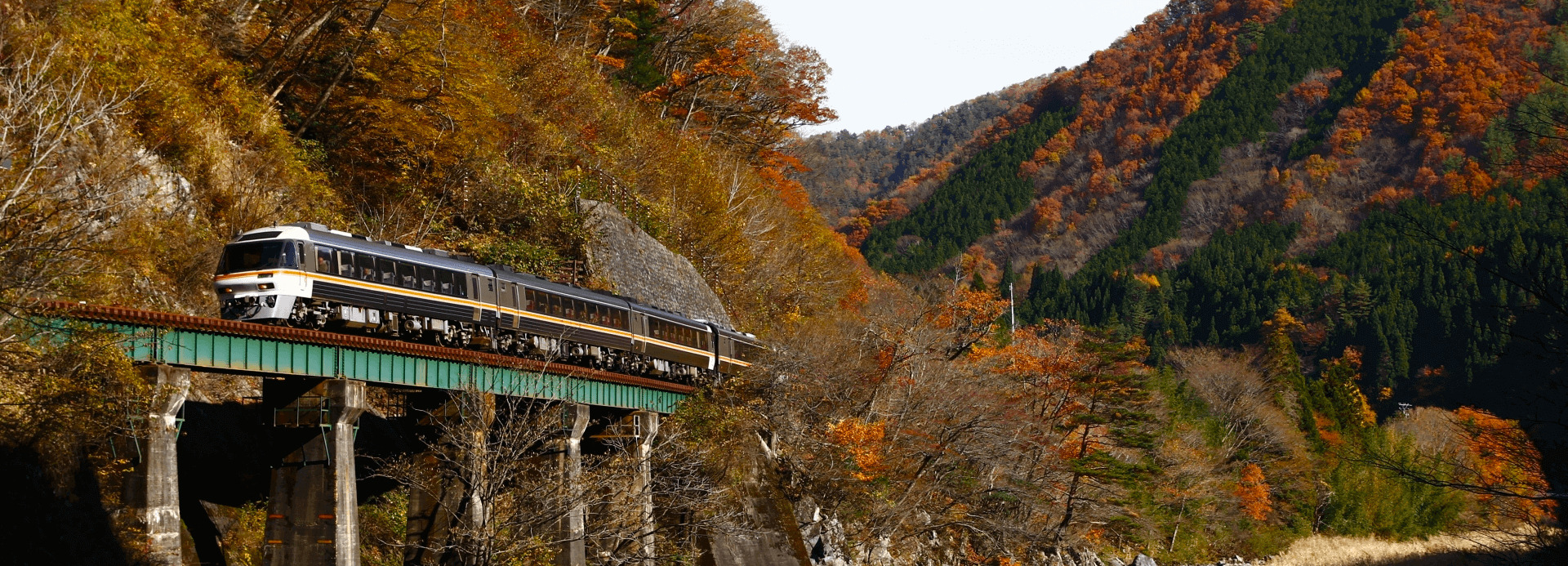

Heading to Yokohama using the rail system is quick, easy and comfortable. Unfathomable in its size and efficiency, moving around the country by train opens-up all regions of Japan for exploration. Our ‘Plan Your Visit’ page has everything you need to know about visiting Japan – from tips on the best time to travel, times to avoid, entering and exiting the country, money matters, staying connected, accommodation, staying safe and healthy and plenty more to ensure that you get the most out of your time here.














